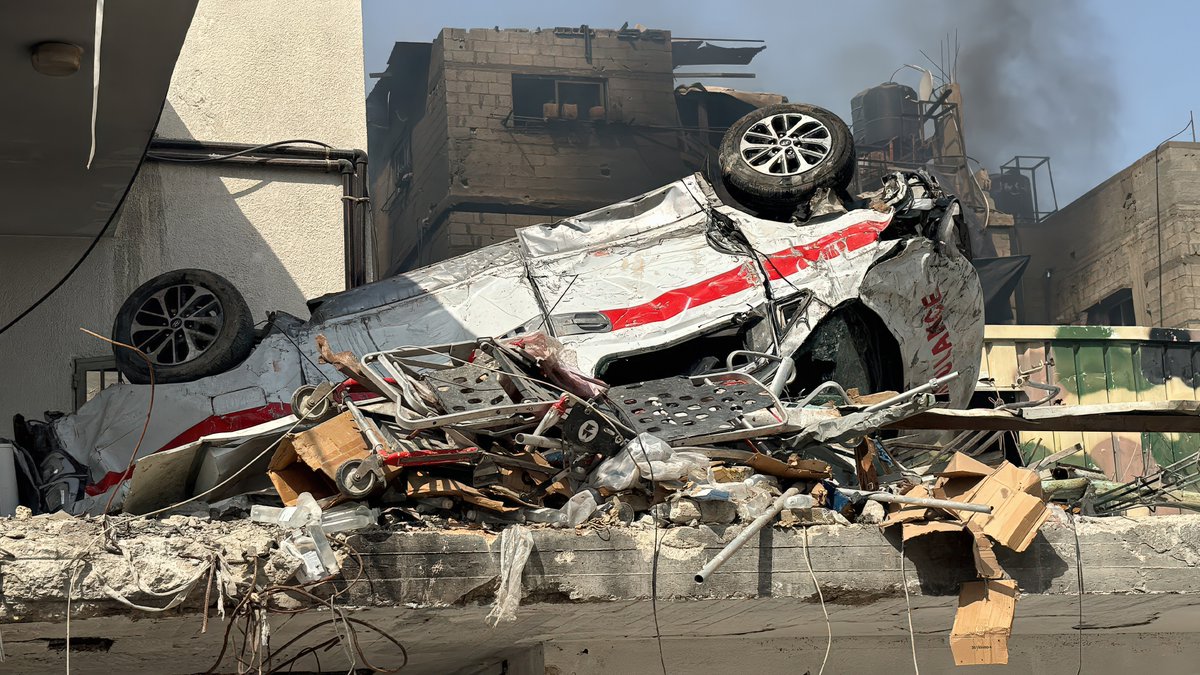You ever wonder why the U.S. is so obsessed with Iran?
Why we’ve been on the brink of war for decades?
It all traces back to one coup in 1953—a story most people in the U.S. were never taught.
But once you know what really went down?
Everything else falls into place.
🧵👇🏾



Why we’ve been on the brink of war for decades?
It all traces back to one coup in 1953—a story most people in the U.S. were never taught.
But once you know what really went down?
Everything else falls into place.
🧵👇🏾




1/x The Coup That Shaped the Modern Middle East
On August 19, 1953, Iran’s experiment with democracy was violently terminated. The United States, through the CIA, and the United Kingdom, via MI6, orchestrated a covert operation—Operation Ajax—to overthrow Prime Minister Mohammad Mossadegh. Why? Because he dared to nationalize Iran’s oil industry, challenging the profits and control of the Anglo-Iranian Oil Company, now known as BP.
Mossadegh wasn’t a revolutionary socialist—or even particularly radical. He was just about democracy. A secular nationalist with overwhelming popular support, he embodied Iran’s desire for sovereignty. But in the eyes of the “West,” that sovereignty threatened economic domination. And so, with the Shah’s complicity and CIA field agents on the ground, a violent coup ensued.
What followed was not only the installation of an authoritarian monarch but also the beginning of a long, tangled history of U.S. imperial involvement in the Middle East. The coup became a model for future interventions—in Latin America, Southeast Asia, and beyond. It taught the U.S. ruling class that if a democratically elected government gets in the way of profits, it can be dealt with.
For Iranians, the betrayal was unforgettable. It is remembered as the moment the West chose oil over justice, capital over freedom, and empire over self-determination. And the aftershocks are still felt—every drone strike, every sanction, every threat or act of war carries the echo of that fateful day in 1953.



On August 19, 1953, Iran’s experiment with democracy was violently terminated. The United States, through the CIA, and the United Kingdom, via MI6, orchestrated a covert operation—Operation Ajax—to overthrow Prime Minister Mohammad Mossadegh. Why? Because he dared to nationalize Iran’s oil industry, challenging the profits and control of the Anglo-Iranian Oil Company, now known as BP.
Mossadegh wasn’t a revolutionary socialist—or even particularly radical. He was just about democracy. A secular nationalist with overwhelming popular support, he embodied Iran’s desire for sovereignty. But in the eyes of the “West,” that sovereignty threatened economic domination. And so, with the Shah’s complicity and CIA field agents on the ground, a violent coup ensued.
What followed was not only the installation of an authoritarian monarch but also the beginning of a long, tangled history of U.S. imperial involvement in the Middle East. The coup became a model for future interventions—in Latin America, Southeast Asia, and beyond. It taught the U.S. ruling class that if a democratically elected government gets in the way of profits, it can be dealt with.
For Iranians, the betrayal was unforgettable. It is remembered as the moment the West chose oil over justice, capital over freedom, and empire over self-determination. And the aftershocks are still felt—every drone strike, every sanction, every threat or act of war carries the echo of that fateful day in 1953.




2/x Why Mossadegh Had to Go (In Their Eyes)
Mohammad Mossadegh’s rise wasn’t sudden—it was the culmination of decades of anti-colonial organizing, constitutionalism, and the desire for economic independence. By 1951, he was appointed Prime Minister by the Shah with overwhelming parliamentary support. One of his first acts? Nationalizing Iran’s oil industry.
At the time, British interests controlled the Anglo-Iranian Oil Company (AIOC), which paid Iran a pittance while extracting massive profits. Mossadegh moved to assert control over these resources. The Iranian parliament voted unanimously to nationalize oil. For the Iranian public, this was a watershed moment—an assertion that Iran would no longer be a playground for Western capital.
But Britain wasn’t having it. They imposed a global boycott on Iranian oil, tanking the country’s economy. They also began pushing the U.S. to intervene. Initially, the Truman administration resisted. But when Eisenhower came into office in 1953, the calculus shifted. Anti-communist hysteria was at its peak. The Dulles brothers—John at State, Allen at CIA—saw Mossadegh’s independence as a threat, even though he was a committed anti-communist.
The narrative became: nationalization = socialism = Soviet threat. It was a lie, but it worked. The real threat was never communism—it was an example. If Iran could nationalize its oil and remain sovereign, others might follow: Venezuela. Indonesia. Iraq. The U.S. couldn’t allow a successful model of independent development to thrive. Mossadegh had to go.
And so, democracy was crushed—not in the name of freedom, but in the name of profits and imperial control.



Mohammad Mossadegh’s rise wasn’t sudden—it was the culmination of decades of anti-colonial organizing, constitutionalism, and the desire for economic independence. By 1951, he was appointed Prime Minister by the Shah with overwhelming parliamentary support. One of his first acts? Nationalizing Iran’s oil industry.
At the time, British interests controlled the Anglo-Iranian Oil Company (AIOC), which paid Iran a pittance while extracting massive profits. Mossadegh moved to assert control over these resources. The Iranian parliament voted unanimously to nationalize oil. For the Iranian public, this was a watershed moment—an assertion that Iran would no longer be a playground for Western capital.
But Britain wasn’t having it. They imposed a global boycott on Iranian oil, tanking the country’s economy. They also began pushing the U.S. to intervene. Initially, the Truman administration resisted. But when Eisenhower came into office in 1953, the calculus shifted. Anti-communist hysteria was at its peak. The Dulles brothers—John at State, Allen at CIA—saw Mossadegh’s independence as a threat, even though he was a committed anti-communist.
The narrative became: nationalization = socialism = Soviet threat. It was a lie, but it worked. The real threat was never communism—it was an example. If Iran could nationalize its oil and remain sovereign, others might follow: Venezuela. Indonesia. Iraq. The U.S. couldn’t allow a successful model of independent development to thrive. Mossadegh had to go.
And so, democracy was crushed—not in the name of freedom, but in the name of profits and imperial control.




3/x How the Coup Was Done: Bribes, Lies, and Blood
The mechanics of the coup were as cynical as they were brutal. Orchestrated by CIA officer Kermit Roosevelt Jr.—yes, the grandson of President Theodore Roosevelt—Operation Ajax became the textbook for U.S. regime change operations.
The CIA and MI6 funneled hundreds of thousands of dollars into Iran. They bribed parliamentarians, senior military officials, and even clerics. They paid newspaper editors to print fake stories accusing Mossadegh of atheism, communism, and sexual perversion. They seeded public panic and broadcast lies over the radio to foment distrust and fear.
But it wasn’t just media manipulation. The CIA recruited street thugs and criminal gangs—some of Tehran’s most feared—to stage riots, loot shops, and chant pro-Shah slogans. The goal was to create the illusion of spontaneous unrest and popular backlash against Mossadegh. It almost failed. The first coup attempt on August 15 faltered. The Shah fled to Rome.
But Roosevelt stayed. Disobeying direct orders to shut it down, he doubled down. On August 19, the military—under CIA influence—stormed government buildings. Tanks rolled through Tehran. 200–300 people were killed in street battles. Mossadegh was arrested. The democratic dream was over.
What replaced it? A client regime willing to hand over oil, crush dissent, and serve as a gendarme for U.S. interests in the region. For the CIA, it was a victory. For the Iranian people, it was the lowest of days that would haunt generations.



The mechanics of the coup were as cynical as they were brutal. Orchestrated by CIA officer Kermit Roosevelt Jr.—yes, the grandson of President Theodore Roosevelt—Operation Ajax became the textbook for U.S. regime change operations.
The CIA and MI6 funneled hundreds of thousands of dollars into Iran. They bribed parliamentarians, senior military officials, and even clerics. They paid newspaper editors to print fake stories accusing Mossadegh of atheism, communism, and sexual perversion. They seeded public panic and broadcast lies over the radio to foment distrust and fear.
But it wasn’t just media manipulation. The CIA recruited street thugs and criminal gangs—some of Tehran’s most feared—to stage riots, loot shops, and chant pro-Shah slogans. The goal was to create the illusion of spontaneous unrest and popular backlash against Mossadegh. It almost failed. The first coup attempt on August 15 faltered. The Shah fled to Rome.
But Roosevelt stayed. Disobeying direct orders to shut it down, he doubled down. On August 19, the military—under CIA influence—stormed government buildings. Tanks rolled through Tehran. 200–300 people were killed in street battles. Mossadegh was arrested. The democratic dream was over.
What replaced it? A client regime willing to hand over oil, crush dissent, and serve as a gendarme for U.S. interests in the region. For the CIA, it was a victory. For the Iranian people, it was the lowest of days that would haunt generations.
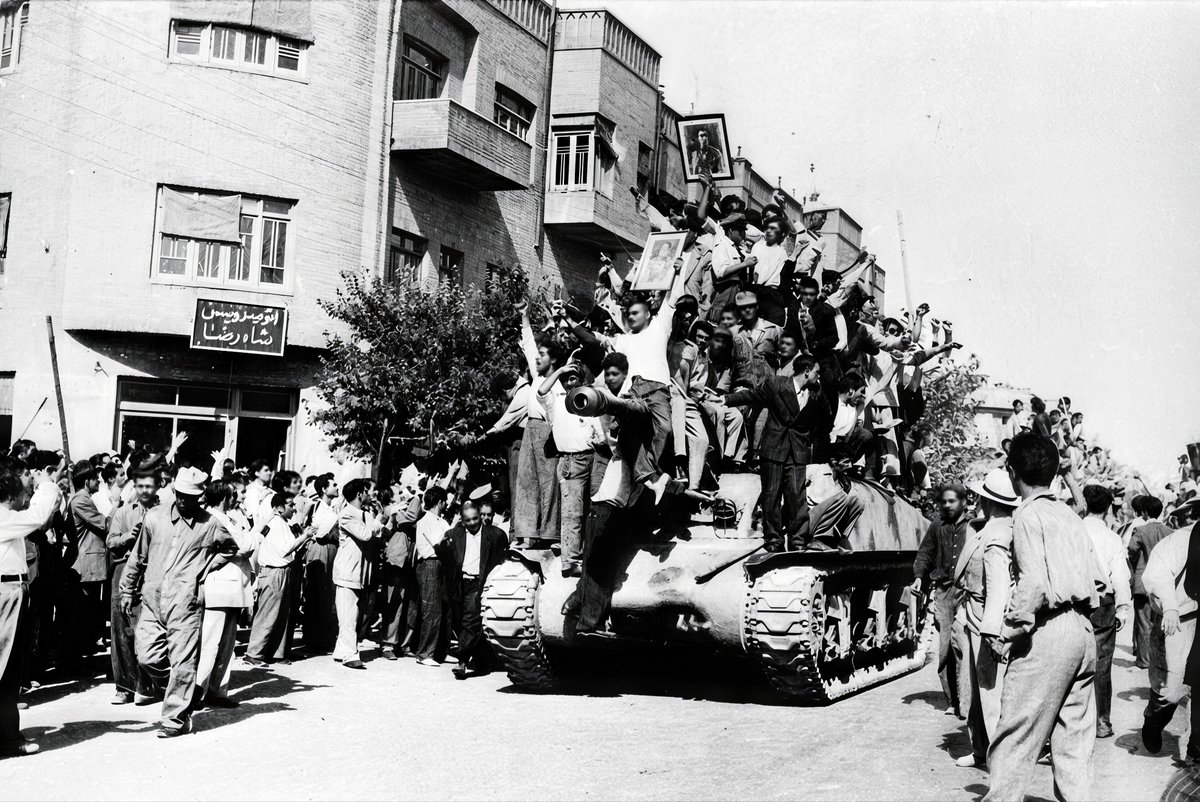
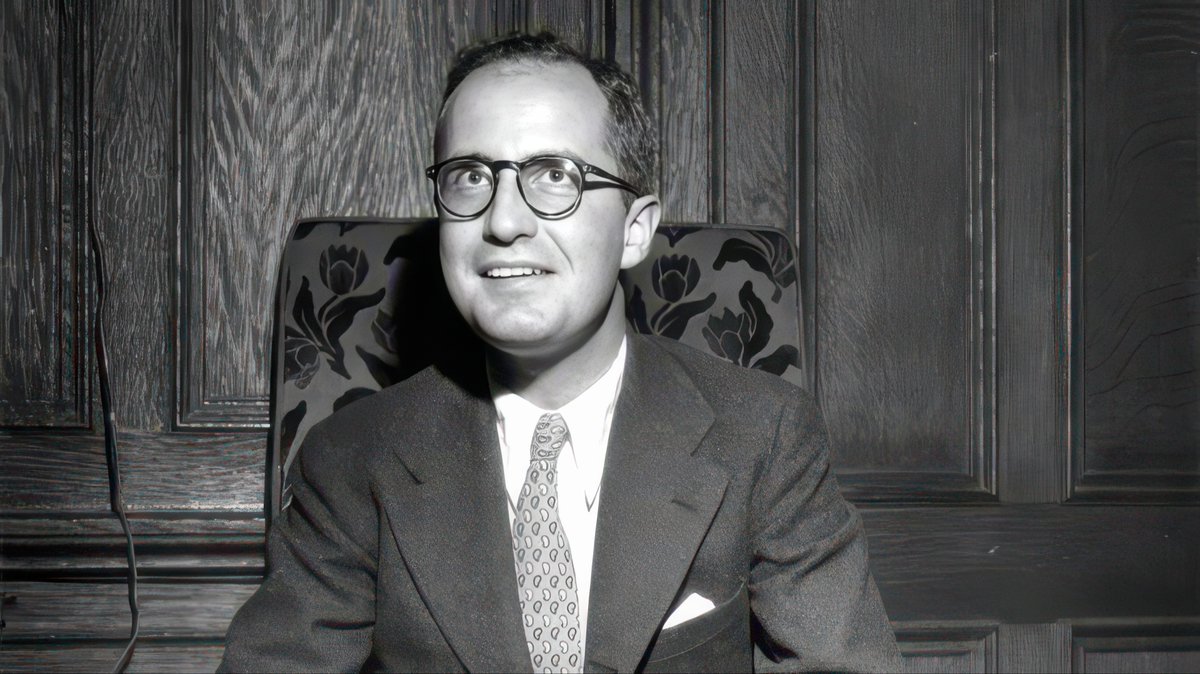
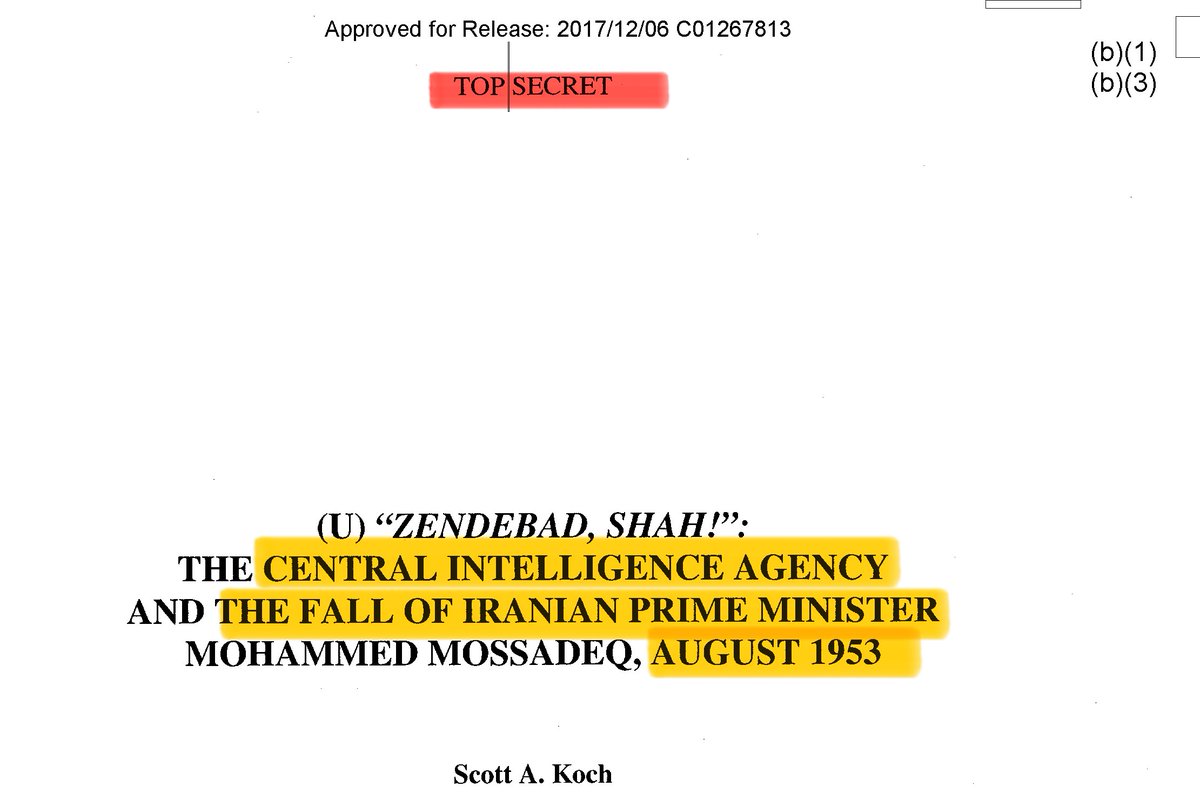
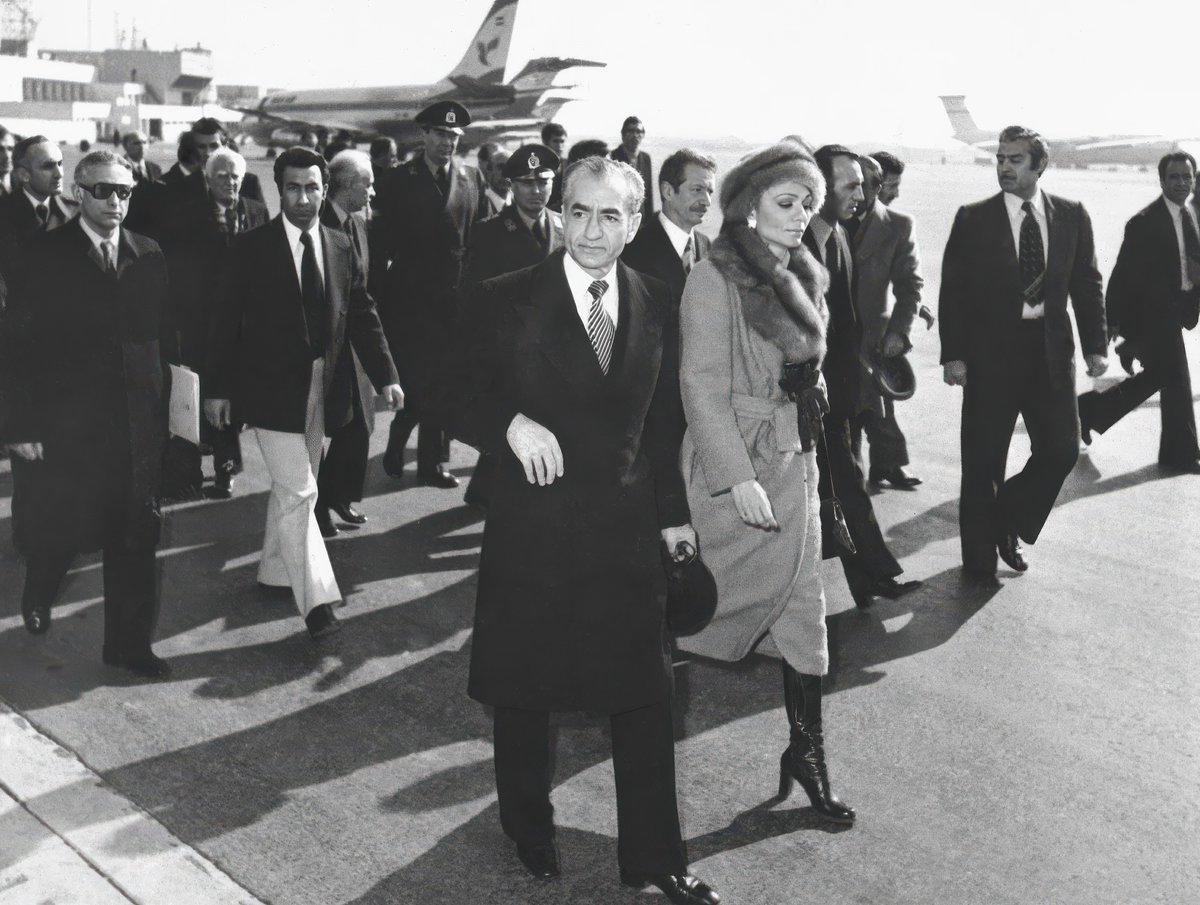
4/x Enter the Police State: SAVAK and the U.S.-Trained Torturers
After the coup, Mohammad Reza Shah returned to Iran, not as a constitutional monarch but as an absolute ruler propped up by foreign powers. He wasted no time consolidating control—and his most powerful tool was a new intelligence and security apparatus: SAVAK.
Created in 1957 with assistance from the CIA and Israel’s Mossad, SAVAK became one of the most feared secret police agencies in the world. With up to 5,000 agents, its reach extended into every university, newspaper, mosque, and neighborhood. It surveilled students, workers, intellectuals—anyone suspected of disloyalty to the regime.
Arrested dissidents were routinely tortured—beaten, shocked, waterboarded, sometimes executed. Trials were rare. Dissent was silenced. And the U.S., which had helped build SAVAK, looked the other way. Why? Because the Shah was “our guy.” He bought American weapons, kept oil flowing, and opposed communism.
But repression breeds resistance. As the Shah’s rule grew more authoritarian, the resentment deepened. The promise of modernity—celebrated in lavish White Revolution programs and extravagant parties—rang hollow in the slums, the countryside, the prisons.
To Washington, Iran was stable. To Iranians, it was a cage. And eventually, that cage would burst open.



After the coup, Mohammad Reza Shah returned to Iran, not as a constitutional monarch but as an absolute ruler propped up by foreign powers. He wasted no time consolidating control—and his most powerful tool was a new intelligence and security apparatus: SAVAK.
Created in 1957 with assistance from the CIA and Israel’s Mossad, SAVAK became one of the most feared secret police agencies in the world. With up to 5,000 agents, its reach extended into every university, newspaper, mosque, and neighborhood. It surveilled students, workers, intellectuals—anyone suspected of disloyalty to the regime.
Arrested dissidents were routinely tortured—beaten, shocked, waterboarded, sometimes executed. Trials were rare. Dissent was silenced. And the U.S., which had helped build SAVAK, looked the other way. Why? Because the Shah was “our guy.” He bought American weapons, kept oil flowing, and opposed communism.
But repression breeds resistance. As the Shah’s rule grew more authoritarian, the resentment deepened. The promise of modernity—celebrated in lavish White Revolution programs and extravagant parties—rang hollow in the slums, the countryside, the prisons.
To Washington, Iran was stable. To Iranians, it was a cage. And eventually, that cage would burst open.
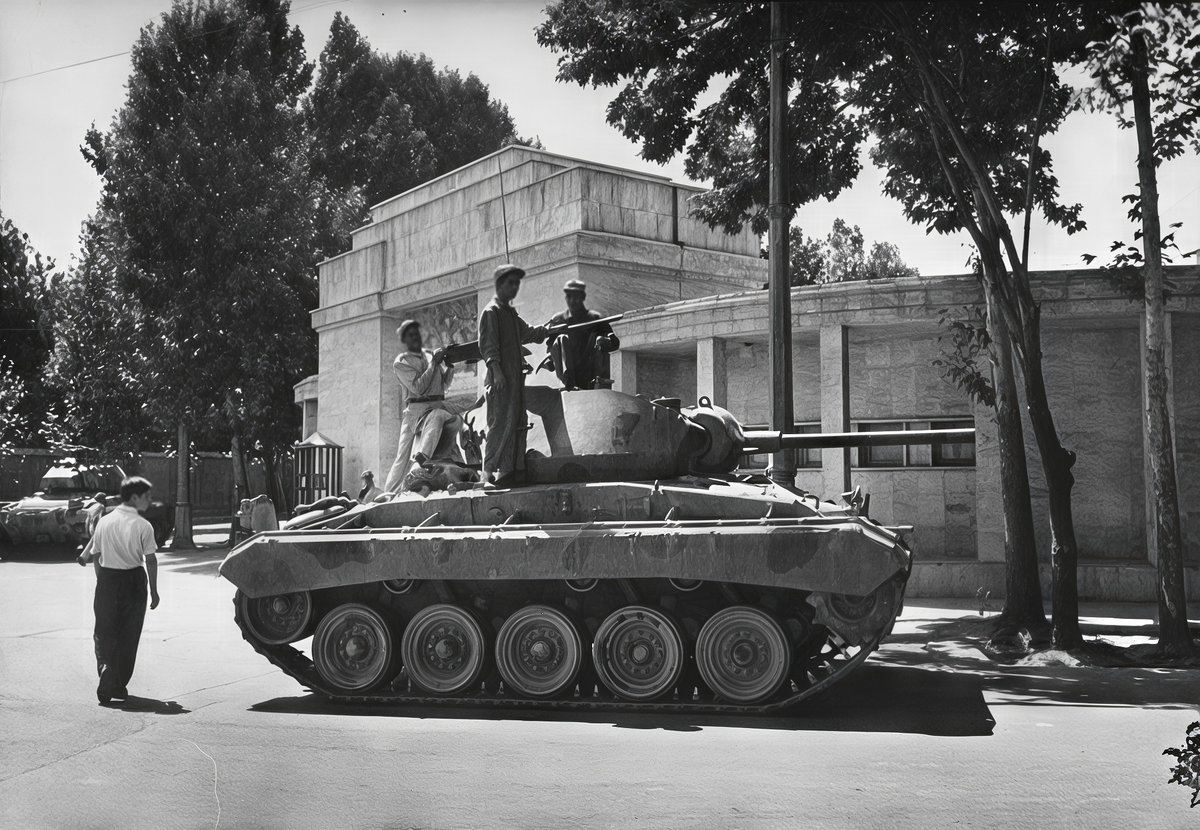
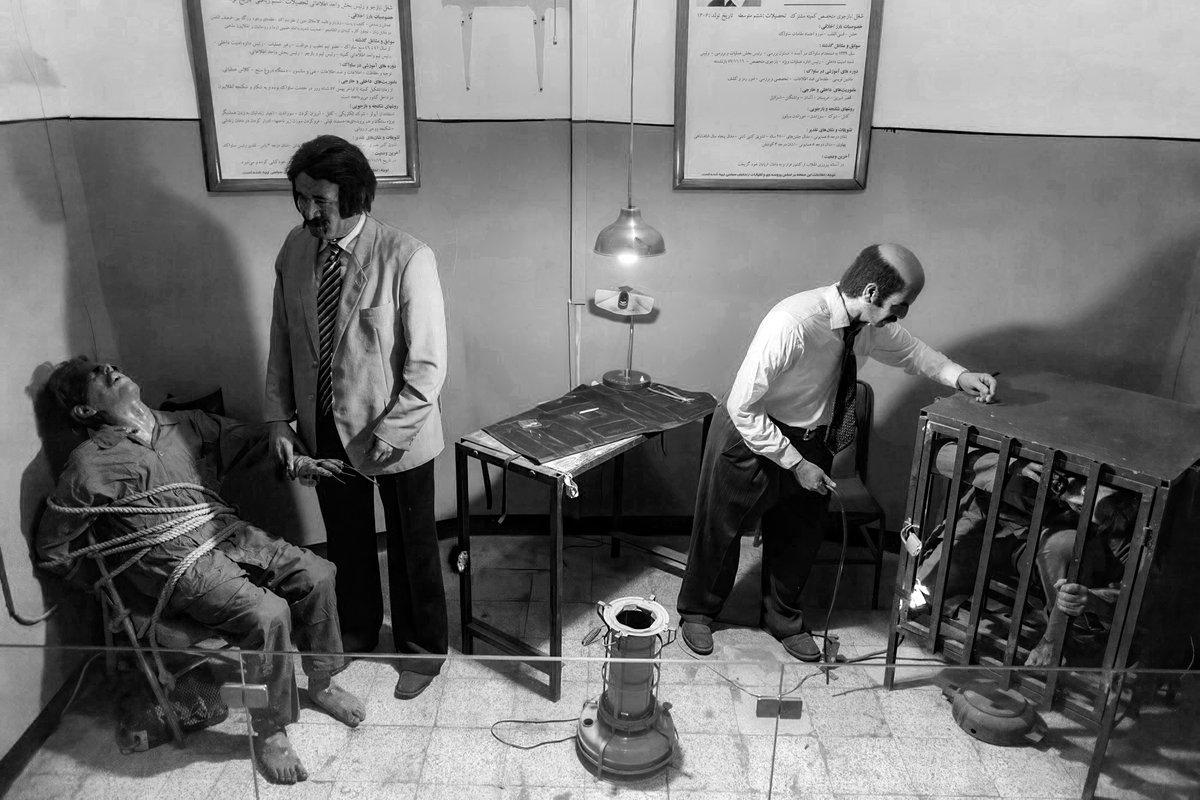
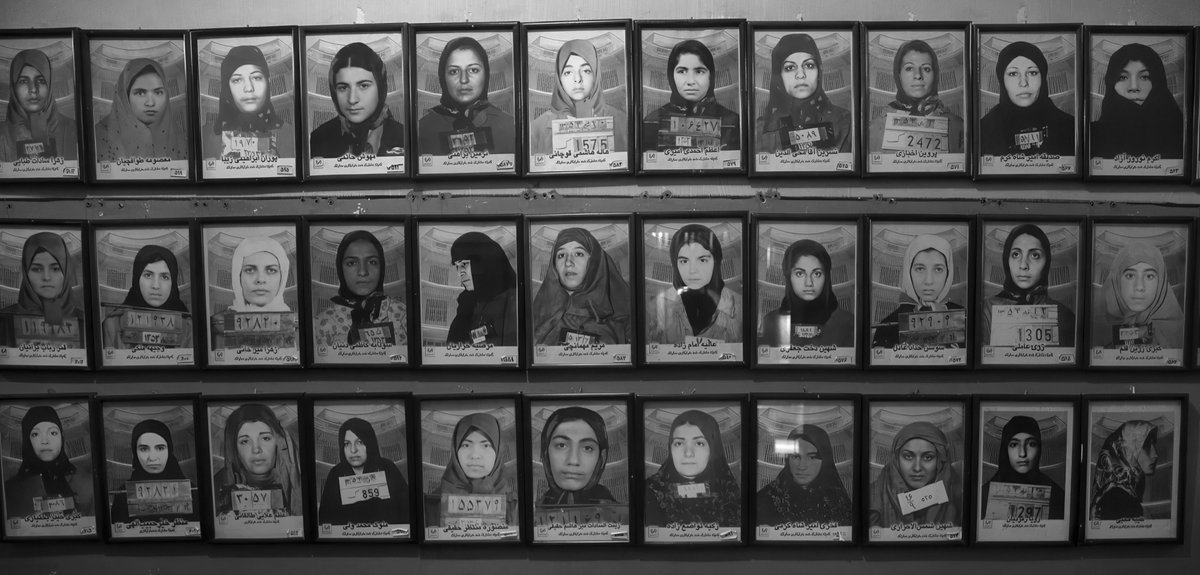
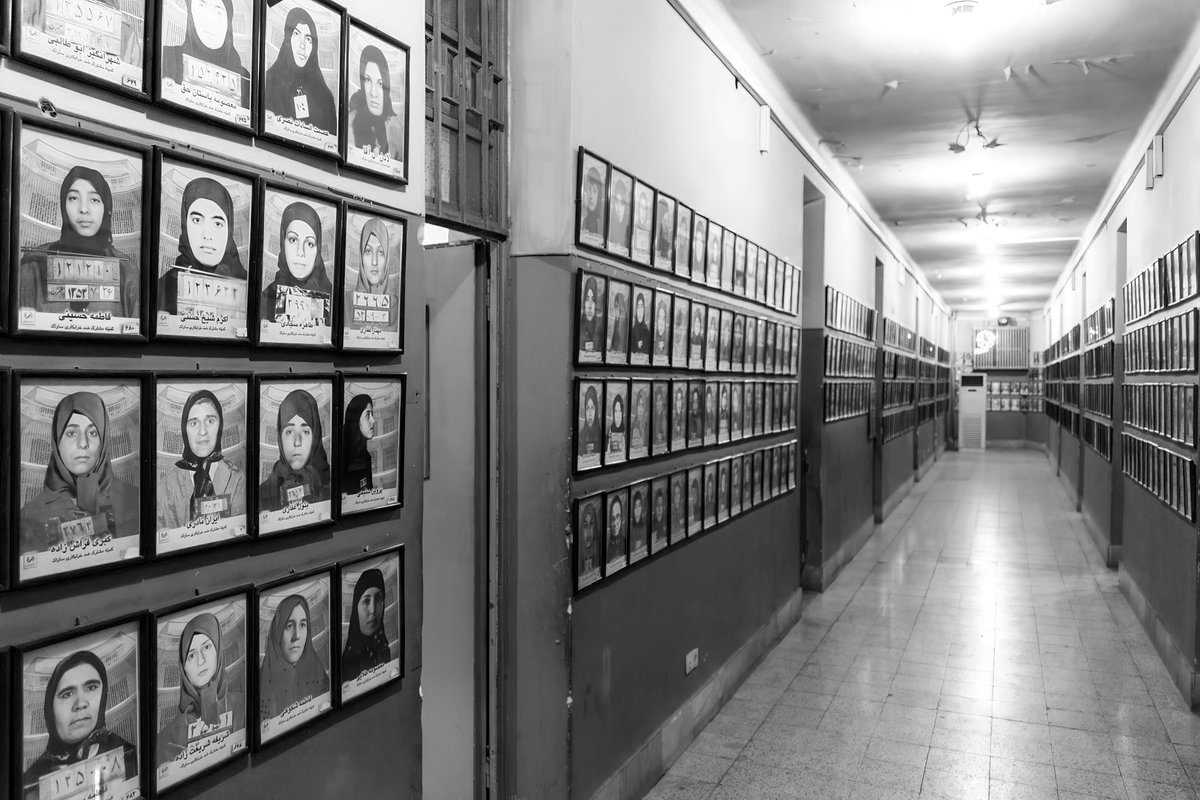
5/x 1979: Revolution Comes, and the Shah Falls
By the late 1970s, the Iranian people had reached a breaking point. Decades of political repression, economic inequality, forced Westernization, and the brutal rule of SAVAK had created a powder keg. The spark came from unlikely places—rising inflation, mass unemployment, and government crackdowns on peaceful protesters.
What began as a series of scattered demonstrations soon evolved into a nationwide revolt. Workers walked off the job. Intellectuals, clerics, and students joined hands. Entire cities shut down. The oil industry—lifeblood of the regime—ground to a halt as refinery workers launched strikes. Millions took to the streets.
Despite brutal crackdowns and martial law, the people persisted. By January 1979, the Shah—once hailed by the West as a symbol of modernity—fled Iran under the guise of a “vacation.” On February 1, Ayatollah Ruhollah Khomeini returned from exile to a hero’s welcome. Ten days later, the military declared neutrality. The monarchy had fallen.
But the revolution’s outcome was complex. Many dreamed of a secular democracy. What they got was a theocracy. Khomeini moved quickly to consolidate power, marginalize rivals, and impose a strict religious order. Still, for millions, the real enemy had always been foreign domination—and in that sense, the 1979 revolution was payback for 1953.
The U.S. had chosen the Shah over the people. The people never forgot.



By the late 1970s, the Iranian people had reached a breaking point. Decades of political repression, economic inequality, forced Westernization, and the brutal rule of SAVAK had created a powder keg. The spark came from unlikely places—rising inflation, mass unemployment, and government crackdowns on peaceful protesters.
What began as a series of scattered demonstrations soon evolved into a nationwide revolt. Workers walked off the job. Intellectuals, clerics, and students joined hands. Entire cities shut down. The oil industry—lifeblood of the regime—ground to a halt as refinery workers launched strikes. Millions took to the streets.
Despite brutal crackdowns and martial law, the people persisted. By January 1979, the Shah—once hailed by the West as a symbol of modernity—fled Iran under the guise of a “vacation.” On February 1, Ayatollah Ruhollah Khomeini returned from exile to a hero’s welcome. Ten days later, the military declared neutrality. The monarchy had fallen.
But the revolution’s outcome was complex. Many dreamed of a secular democracy. What they got was a theocracy. Khomeini moved quickly to consolidate power, marginalize rivals, and impose a strict religious order. Still, for millions, the real enemy had always been foreign domination—and in that sense, the 1979 revolution was payback for 1953.
The U.S. had chosen the Shah over the people. The people never forgot.
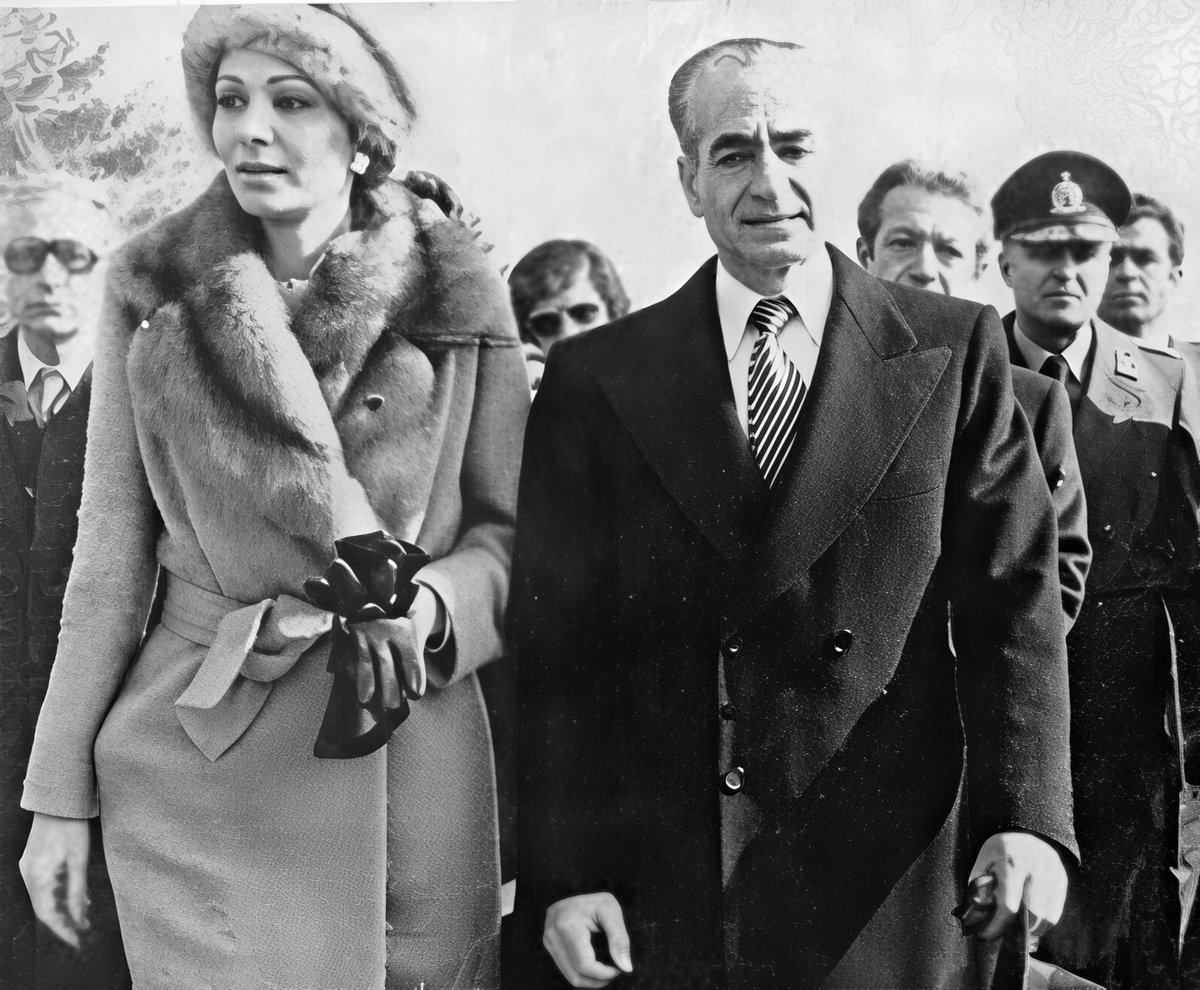
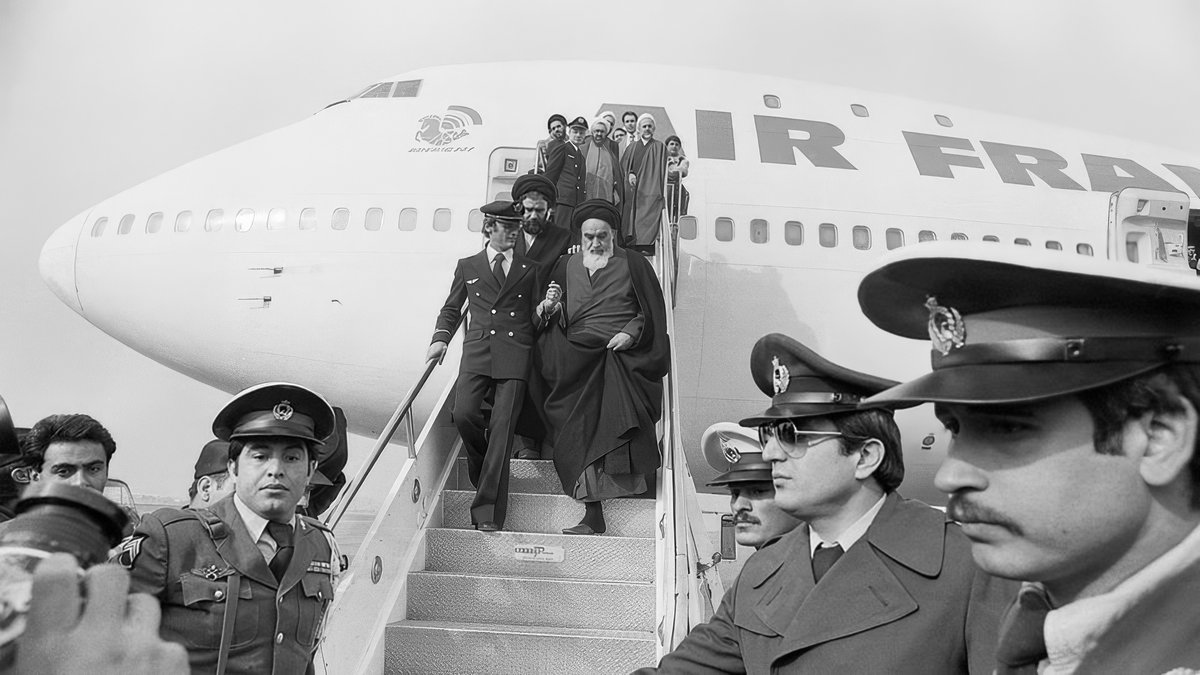
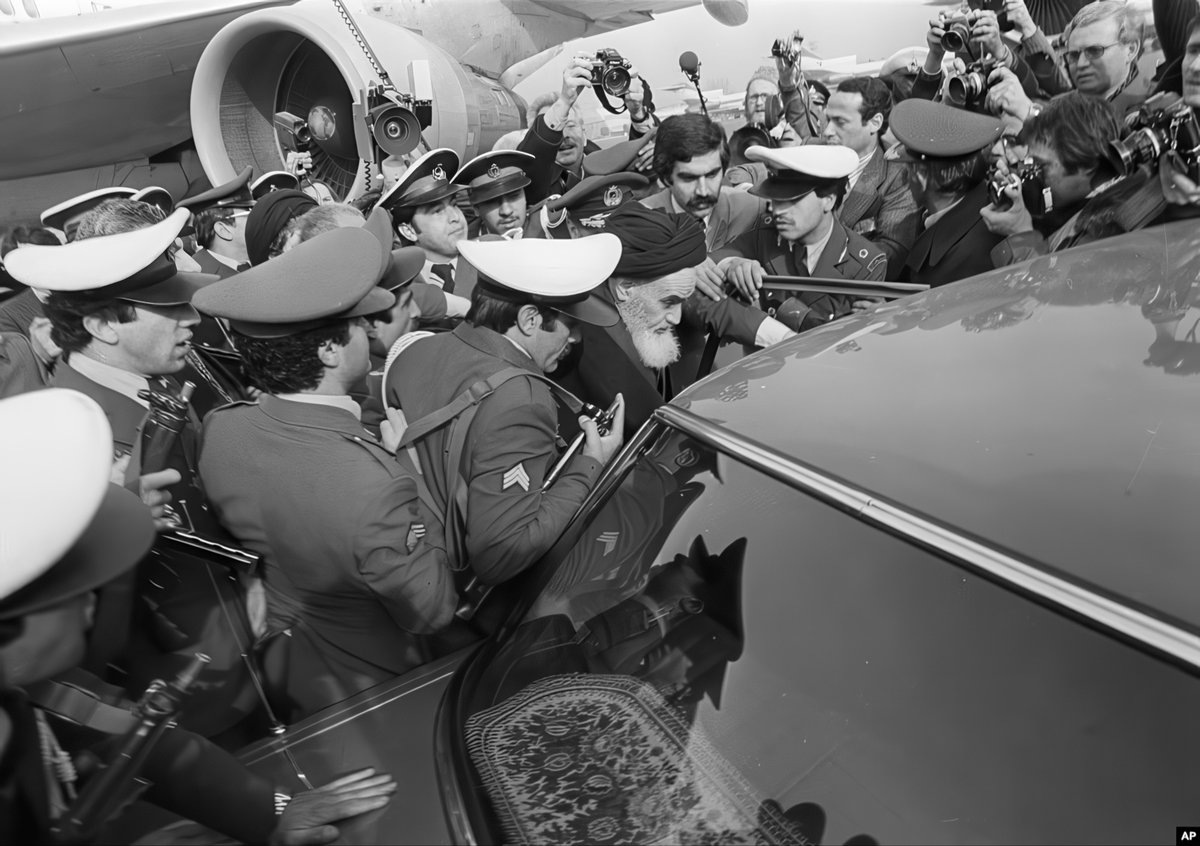
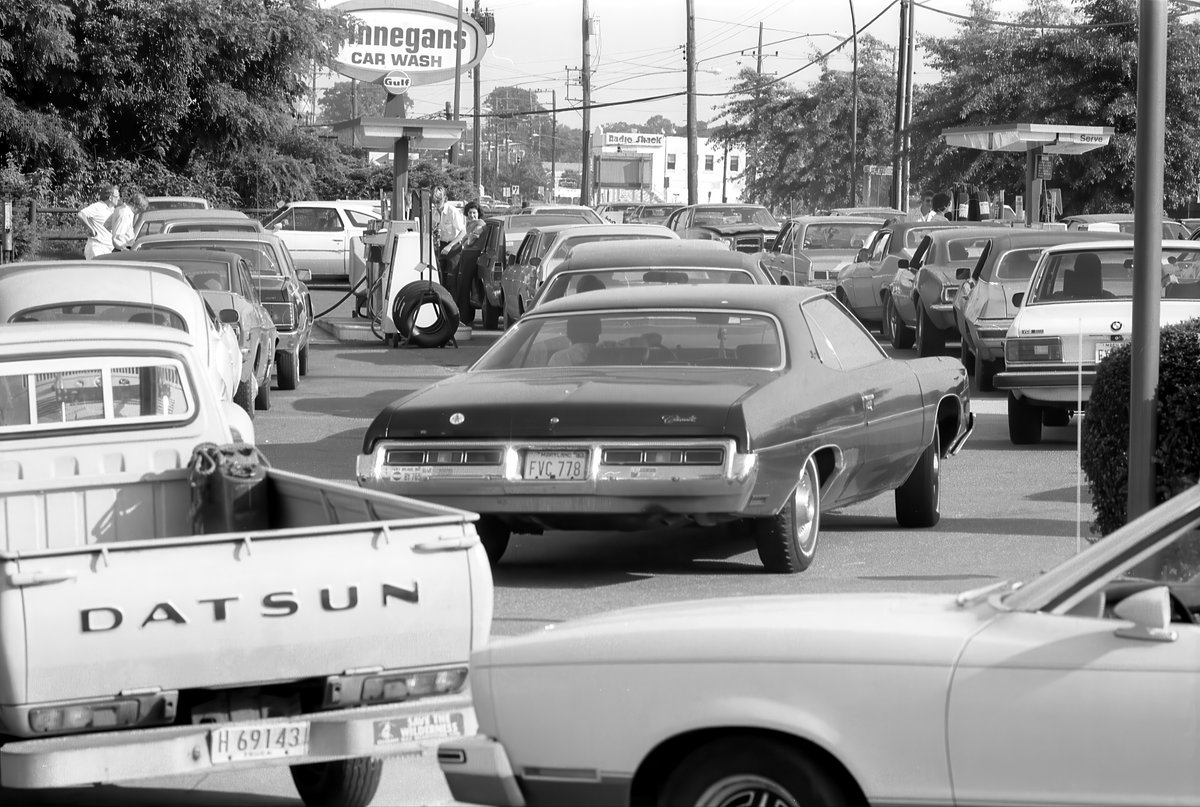
6/x Allies in Secret: Iran and Israel’s Shadow Partnership
Here’s the twist too few in the “West” understand: before the 1979 revolution, Iran and Israel were close allies. Not just friendly—strategically aligned. Their partnership was rooted in shared interests, not shared values. Both saw pan-Arab nationalism, especially under Egypt’s Nasser, as a threat. Both were non-Arab states surrounded by hostility. And both were deeply entangled with U.S. empire.
The Shah’s Iran supplied Israel with oil, while Israel provided Iran with weapons and military training. This wasn’t some side deal—it was an essential part of America’s Cold War strategy. Under the “periphery doctrine,” Israel sought alliances with non-Arab states like Turkey and Iran to counterbalance hostile Arab regimes. The U.S. approved and benefited.
They even cooperated on weapons development. “Project Flower,” a joint missile development venture, aimed to give both regimes cutting-edge firepower. Meanwhile, Mossad and SAVAK exchanged intelligence regularly. It was repression tech support—between two U.S. client states.
This partnership ran deep. And it highlights the hypocrisy of later U.S. and Israeli claims to “oppose terrorism” or “stand for democracy.” These same powers were happy to arm a brutal dictatorship if it served their interests.
When the revolution came in 1979, Khomeini severed ties with Israel, calling it the “Little Satan” to the U.S.’s “Great Satan.” But the legacy of that alliance lingers. And as we’ll see in the next post, some ties never fully broke.



Here’s the twist too few in the “West” understand: before the 1979 revolution, Iran and Israel were close allies. Not just friendly—strategically aligned. Their partnership was rooted in shared interests, not shared values. Both saw pan-Arab nationalism, especially under Egypt’s Nasser, as a threat. Both were non-Arab states surrounded by hostility. And both were deeply entangled with U.S. empire.
The Shah’s Iran supplied Israel with oil, while Israel provided Iran with weapons and military training. This wasn’t some side deal—it was an essential part of America’s Cold War strategy. Under the “periphery doctrine,” Israel sought alliances with non-Arab states like Turkey and Iran to counterbalance hostile Arab regimes. The U.S. approved and benefited.
They even cooperated on weapons development. “Project Flower,” a joint missile development venture, aimed to give both regimes cutting-edge firepower. Meanwhile, Mossad and SAVAK exchanged intelligence regularly. It was repression tech support—between two U.S. client states.
This partnership ran deep. And it highlights the hypocrisy of later U.S. and Israeli claims to “oppose terrorism” or “stand for democracy.” These same powers were happy to arm a brutal dictatorship if it served their interests.
When the revolution came in 1979, Khomeini severed ties with Israel, calling it the “Little Satan” to the U.S.’s “Great Satan.” But the legacy of that alliance lingers. And as we’ll see in the next post, some ties never fully broke.
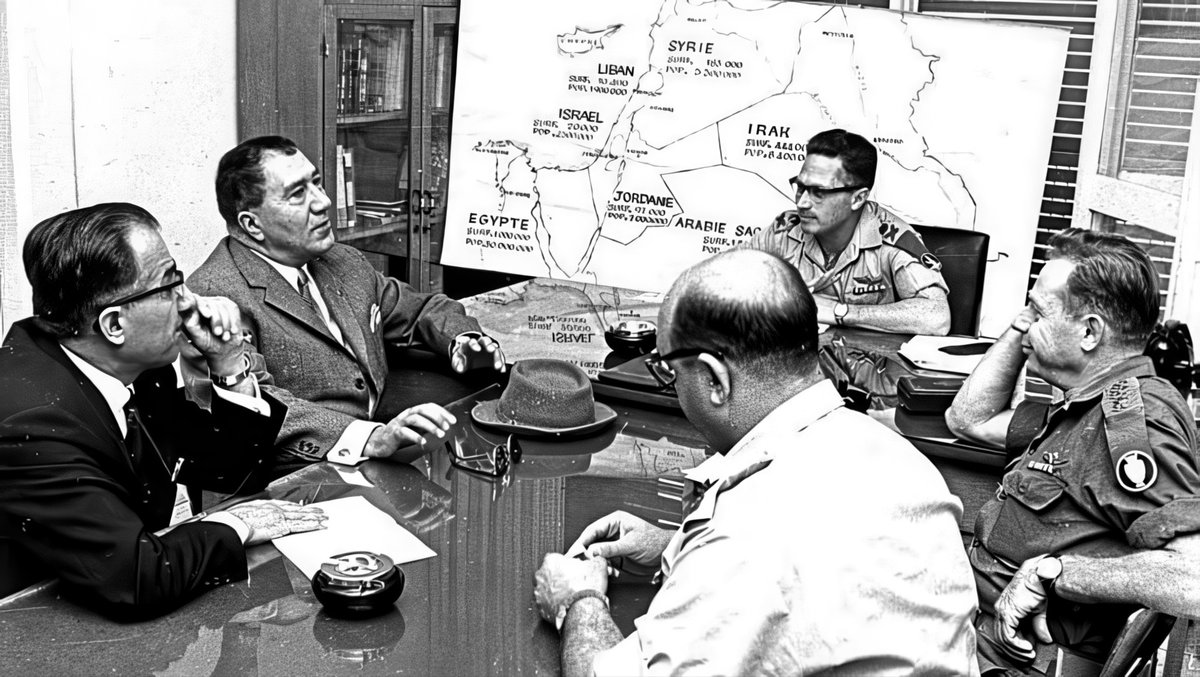
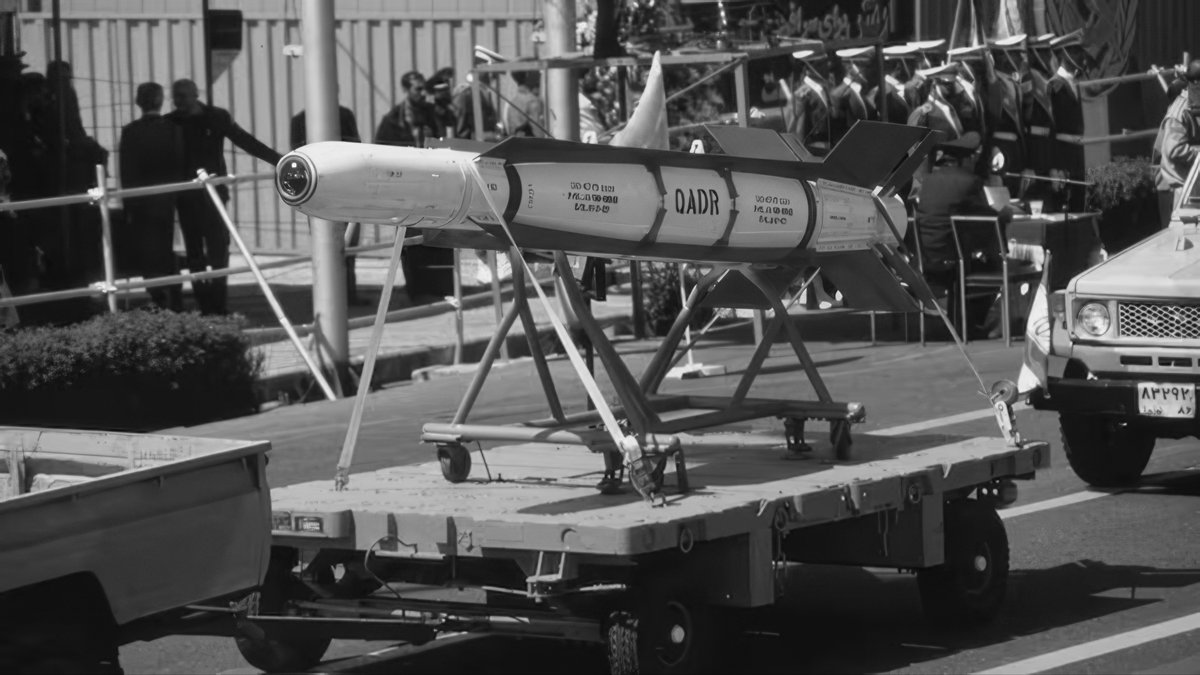
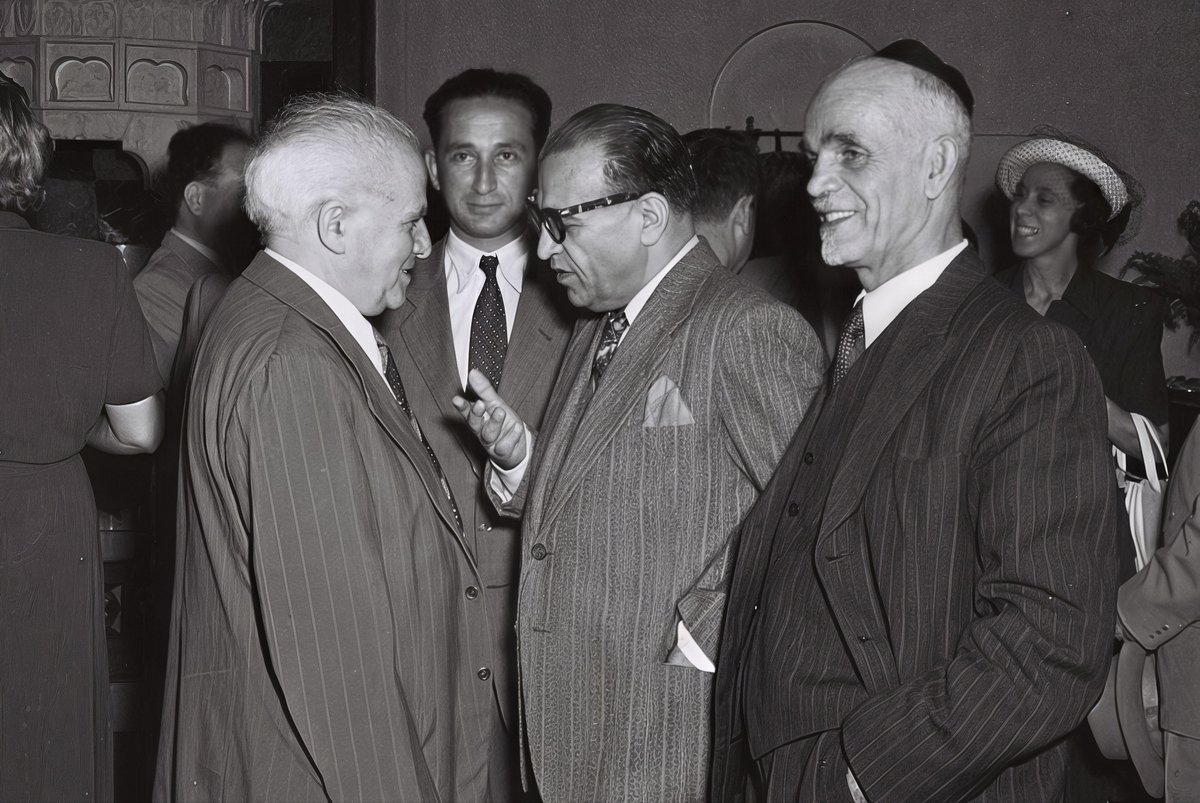
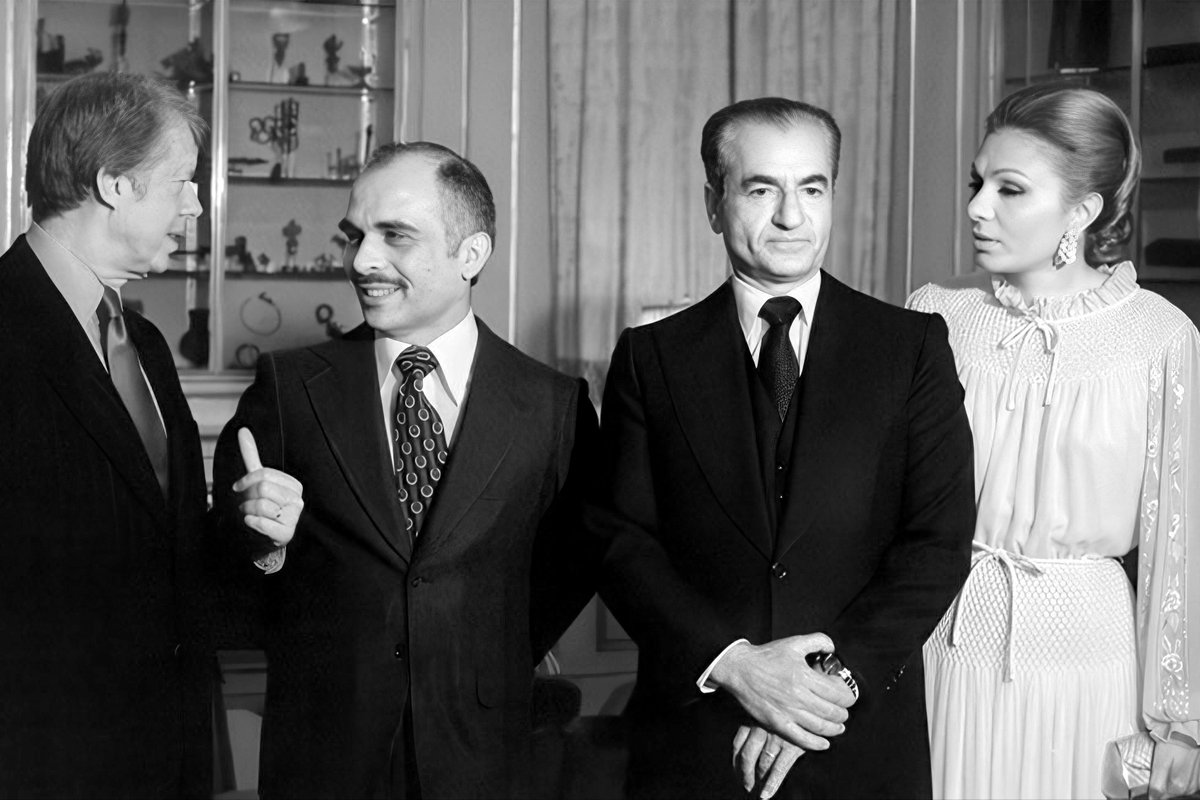
7/x Iran-Contra: When Enemies Become Business Partners
In the mid-1980s, the world watched as Iran and the U.S. traded barbs. Officially, they were enemies. Iran had seized American hostages. The U.S. labeled Iran a state sponsor of terror. But behind closed doors? They were making deals—with Israel as the middleman.
The Iran-Contra affair exposed an awful truth: ideology is theater; empire is business. Desperate to fund the Nicaraguan Contras—a right-wing death squad army—Reagan’s team sold arms to Iran. The profits were funneled illegally to support U.S.-backed forces committing atrocities in Central America. The weapons went through Israeli hands first. Everyone played their part.
This wasn’t some rogue operation. Documents show high-level approval. Mossad helped facilitate the deal. The Pentagon knew. The CIA knew. And when it all came out, the United States public learned how deep the rot went.
Iran, isolated during the brutal Iran-Iraq War, needed weapons. Israel, worried about Iraq too, saw an opportunity. And the U.S.—while publicly denouncing Iran—saw dollar signs and geopolitical leverage.
The result? Hypocrisy at scale. People of the U.S. were told we don’t negotiate with terrorists. Meanwhile, we armed a government we’d accused of terrorism to fund terrorists of our own.
And yet again, the people paid the price—dead Nicaraguans, dead Iranians, dead Iraqis. The war machine moved on.



In the mid-1980s, the world watched as Iran and the U.S. traded barbs. Officially, they were enemies. Iran had seized American hostages. The U.S. labeled Iran a state sponsor of terror. But behind closed doors? They were making deals—with Israel as the middleman.
The Iran-Contra affair exposed an awful truth: ideology is theater; empire is business. Desperate to fund the Nicaraguan Contras—a right-wing death squad army—Reagan’s team sold arms to Iran. The profits were funneled illegally to support U.S.-backed forces committing atrocities in Central America. The weapons went through Israeli hands first. Everyone played their part.
This wasn’t some rogue operation. Documents show high-level approval. Mossad helped facilitate the deal. The Pentagon knew. The CIA knew. And when it all came out, the United States public learned how deep the rot went.
Iran, isolated during the brutal Iran-Iraq War, needed weapons. Israel, worried about Iraq too, saw an opportunity. And the U.S.—while publicly denouncing Iran—saw dollar signs and geopolitical leverage.
The result? Hypocrisy at scale. People of the U.S. were told we don’t negotiate with terrorists. Meanwhile, we armed a government we’d accused of terrorism to fund terrorists of our own.
And yet again, the people paid the price—dead Nicaraguans, dead Iranians, dead Iraqis. The war machine moved on.
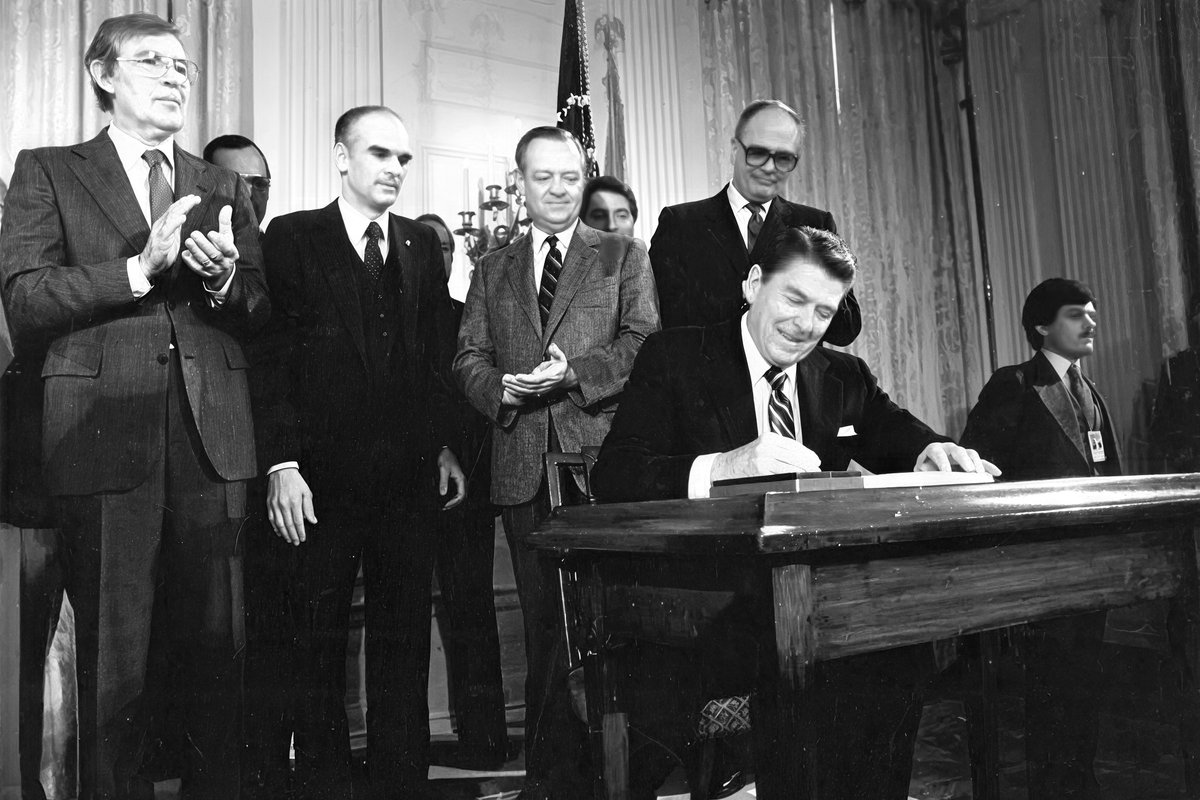
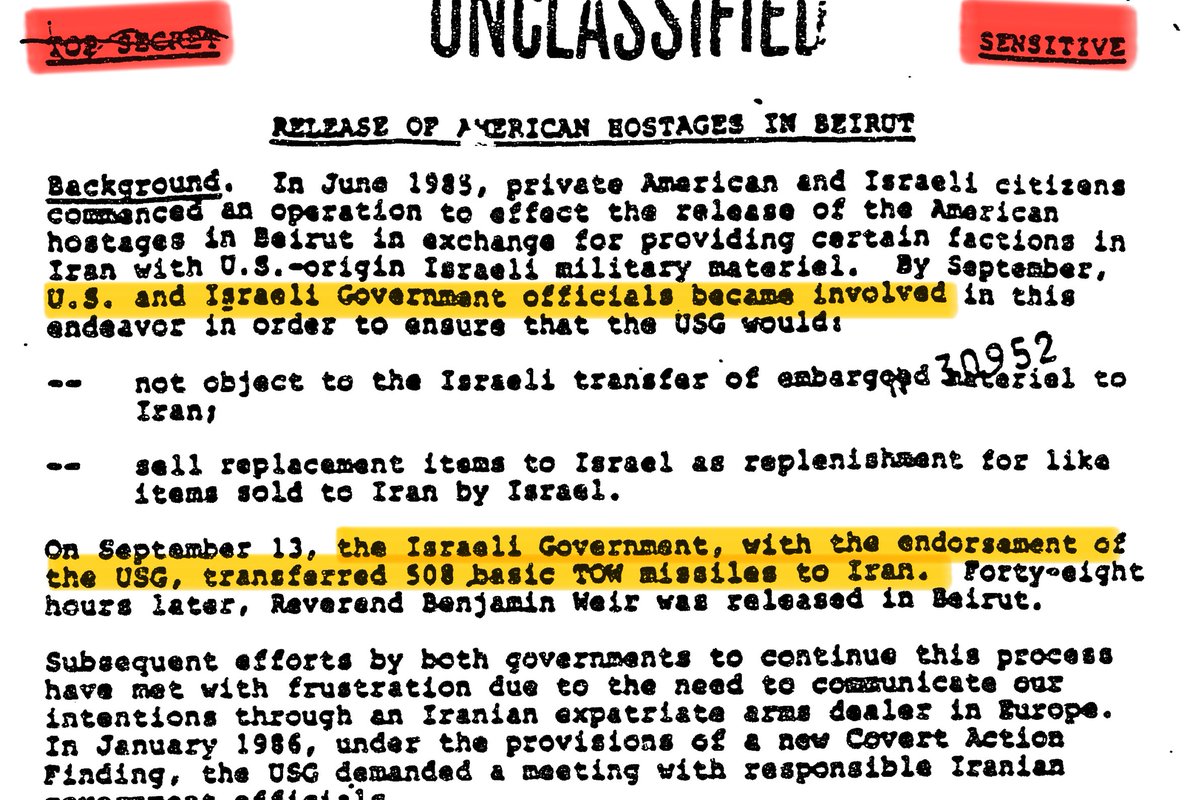
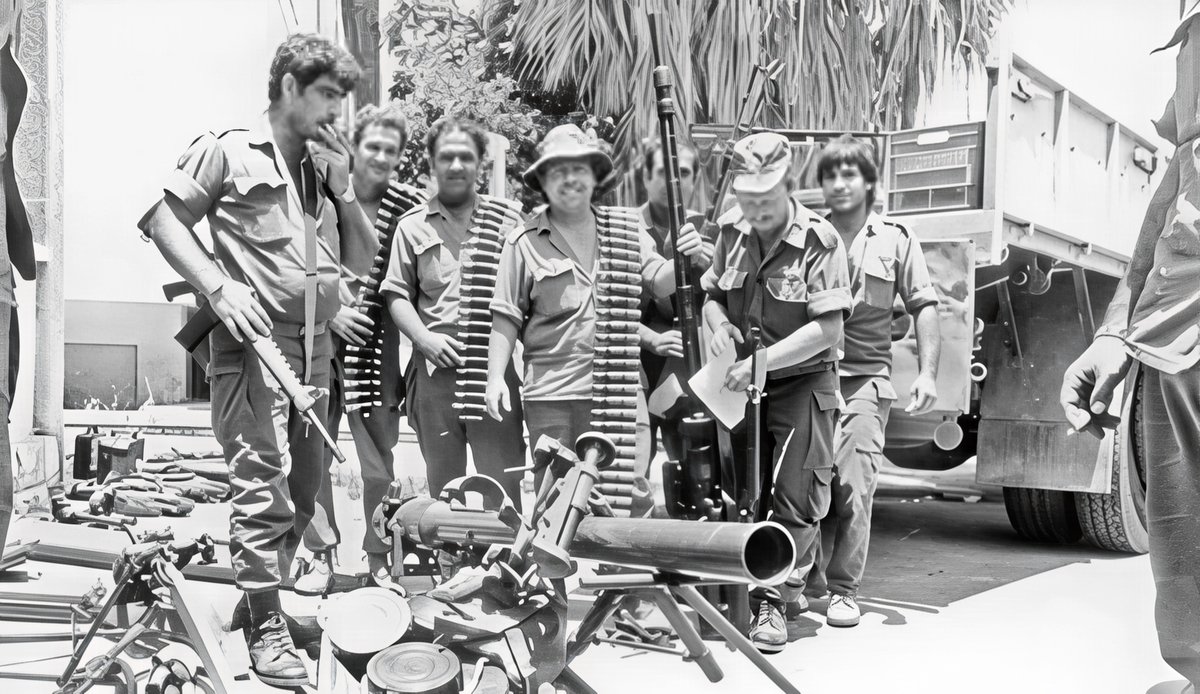
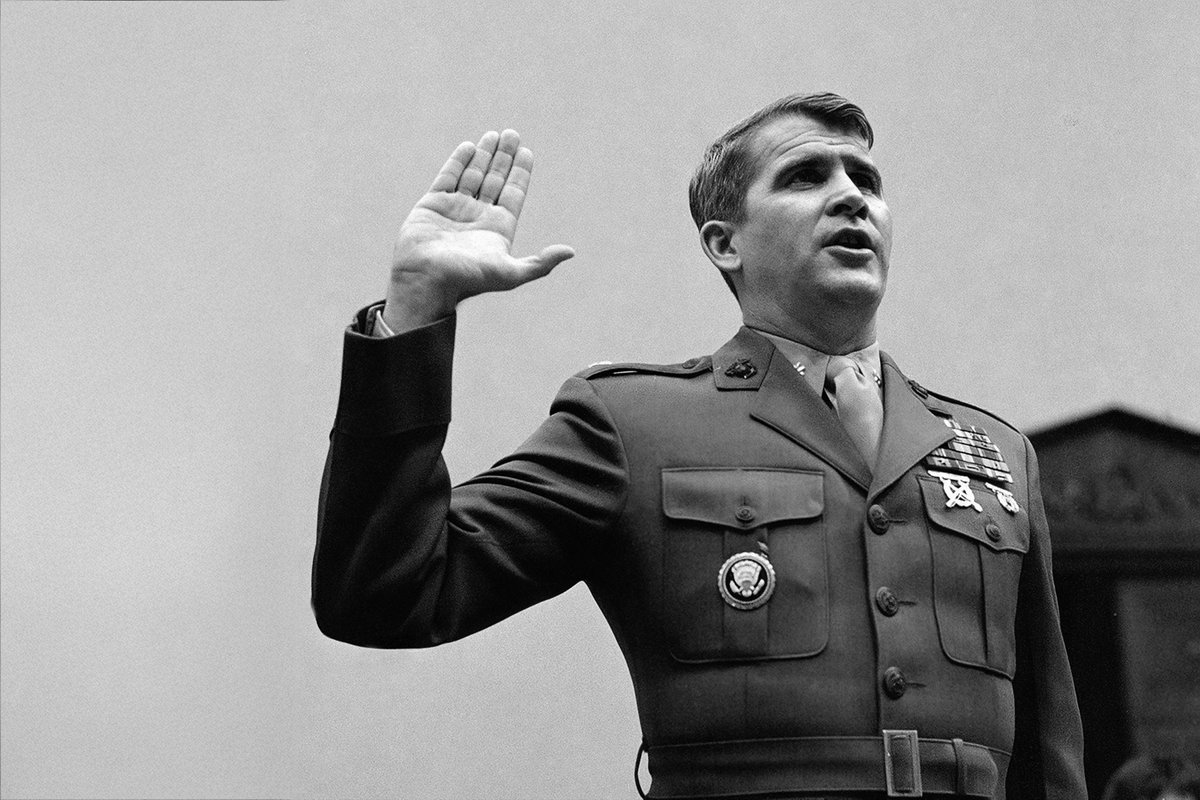
8/x The Media Blackout and the Memory Hole
Ask the average United Statesian about the 1953 coup in Iran, and chances are they’ve never heard of it. That’s not an accident—it’s the product of a deliberate erasure campaign. For decades, U.S. officials denied any role in the coup. It wasn’t until 2013 that the CIA officially acknowledged its involvement. That’s sixty years of silence.
In Iran, the memory is not just alive—it’s vivid. The coup is a foundational trauma, taught in schools, cited in speeches, etched into murals. It explains everything: the rise of the Shah, the brutality of SAVAK, the Revolution of 1979, the anti-American slogans. In their national narrative, the United States isn’t a beacon of freedom—it’s the architect of tyranny.
But in the U.S., corporate media has served as a filter. When it comes to Iran, stories are often flattened into tropes: Islamic fundamentalists, nuclear threats, hostage-takers. Rarely is there context. Rarely are Americans told that the country we demonize had its democracy overthrown by us.
This isn’t just bad journalism—it’s propaganda by omission. By denying people of the U.S. a full account of the past, the media makes it easier to justify war in the present. When politicians call Iran a rogue state, they leave out that we helped create the conditions for that instability.
Understanding the coup—and the 70 years of fallout—isn’t just history. It’s a prerequisite for accountability. It’s what turns informed citizens into organizers. That’s why they’d rather we forget.



Ask the average United Statesian about the 1953 coup in Iran, and chances are they’ve never heard of it. That’s not an accident—it’s the product of a deliberate erasure campaign. For decades, U.S. officials denied any role in the coup. It wasn’t until 2013 that the CIA officially acknowledged its involvement. That’s sixty years of silence.
In Iran, the memory is not just alive—it’s vivid. The coup is a foundational trauma, taught in schools, cited in speeches, etched into murals. It explains everything: the rise of the Shah, the brutality of SAVAK, the Revolution of 1979, the anti-American slogans. In their national narrative, the United States isn’t a beacon of freedom—it’s the architect of tyranny.
But in the U.S., corporate media has served as a filter. When it comes to Iran, stories are often flattened into tropes: Islamic fundamentalists, nuclear threats, hostage-takers. Rarely is there context. Rarely are Americans told that the country we demonize had its democracy overthrown by us.
This isn’t just bad journalism—it’s propaganda by omission. By denying people of the U.S. a full account of the past, the media makes it easier to justify war in the present. When politicians call Iran a rogue state, they leave out that we helped create the conditions for that instability.
Understanding the coup—and the 70 years of fallout—isn’t just history. It’s a prerequisite for accountability. It’s what turns informed citizens into organizers. That’s why they’d rather we forget.
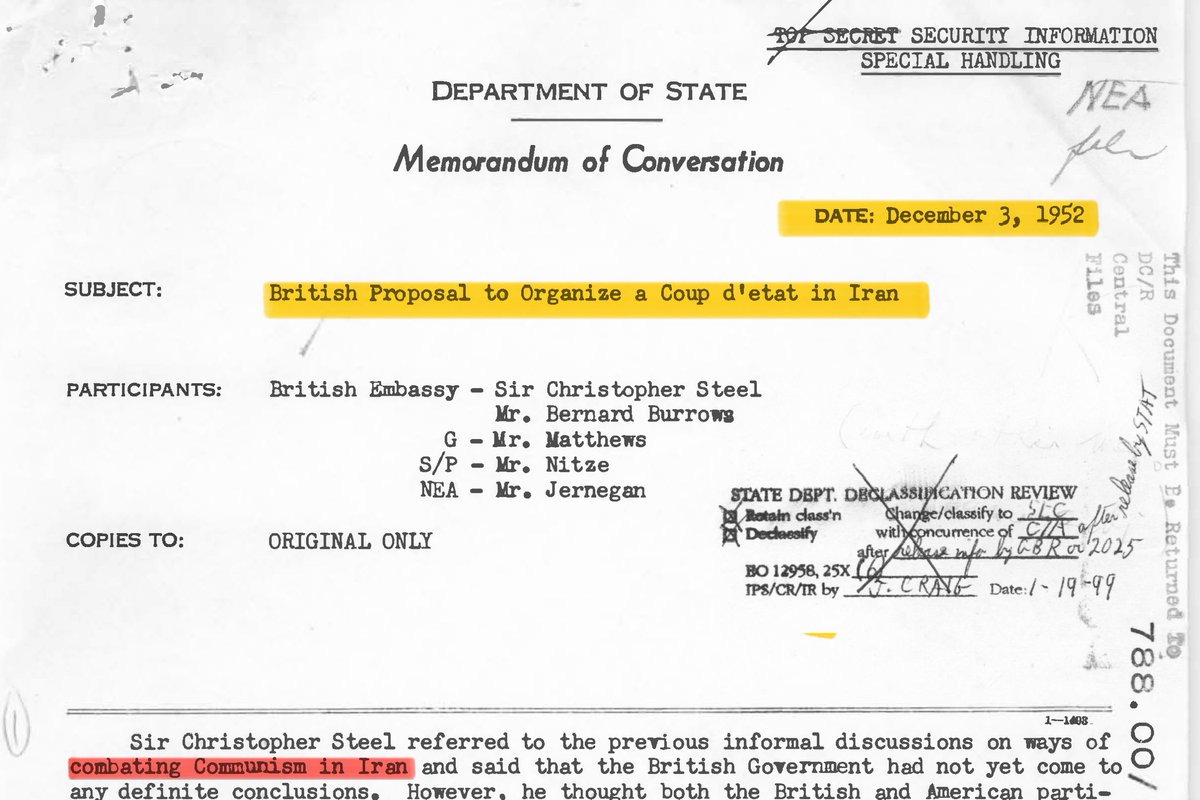
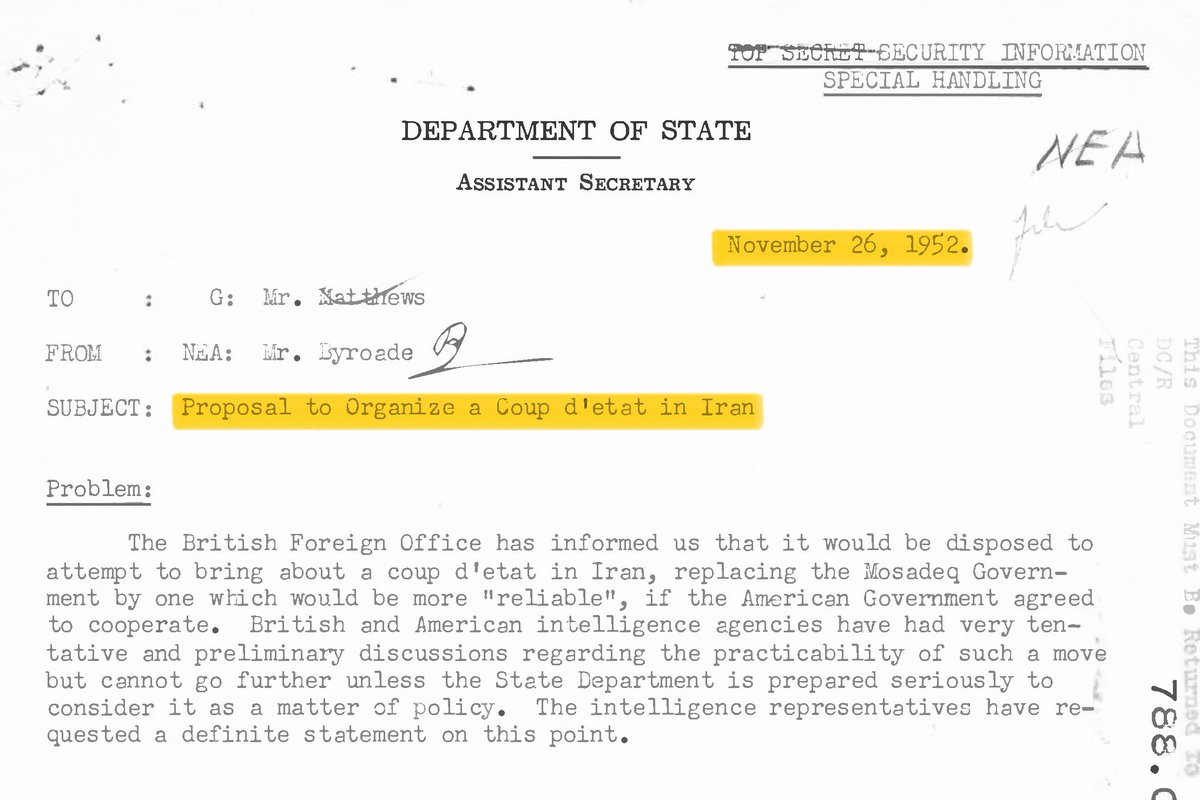
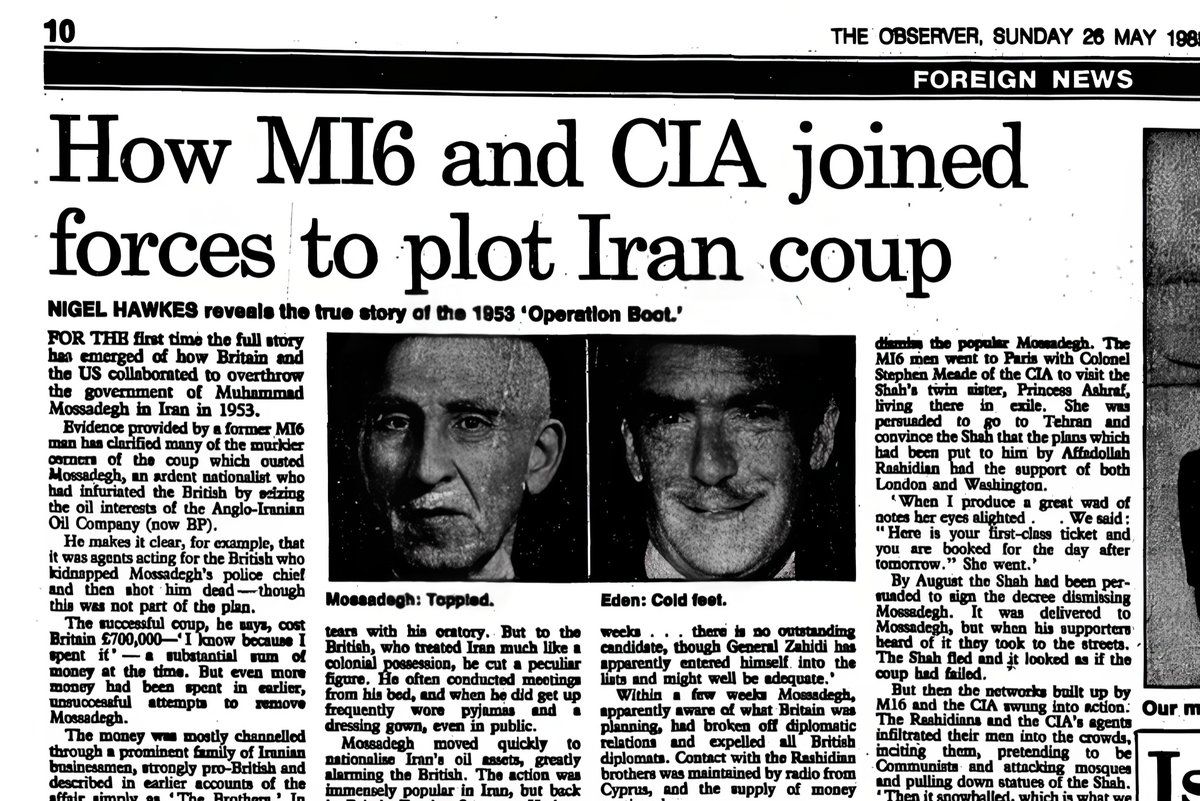
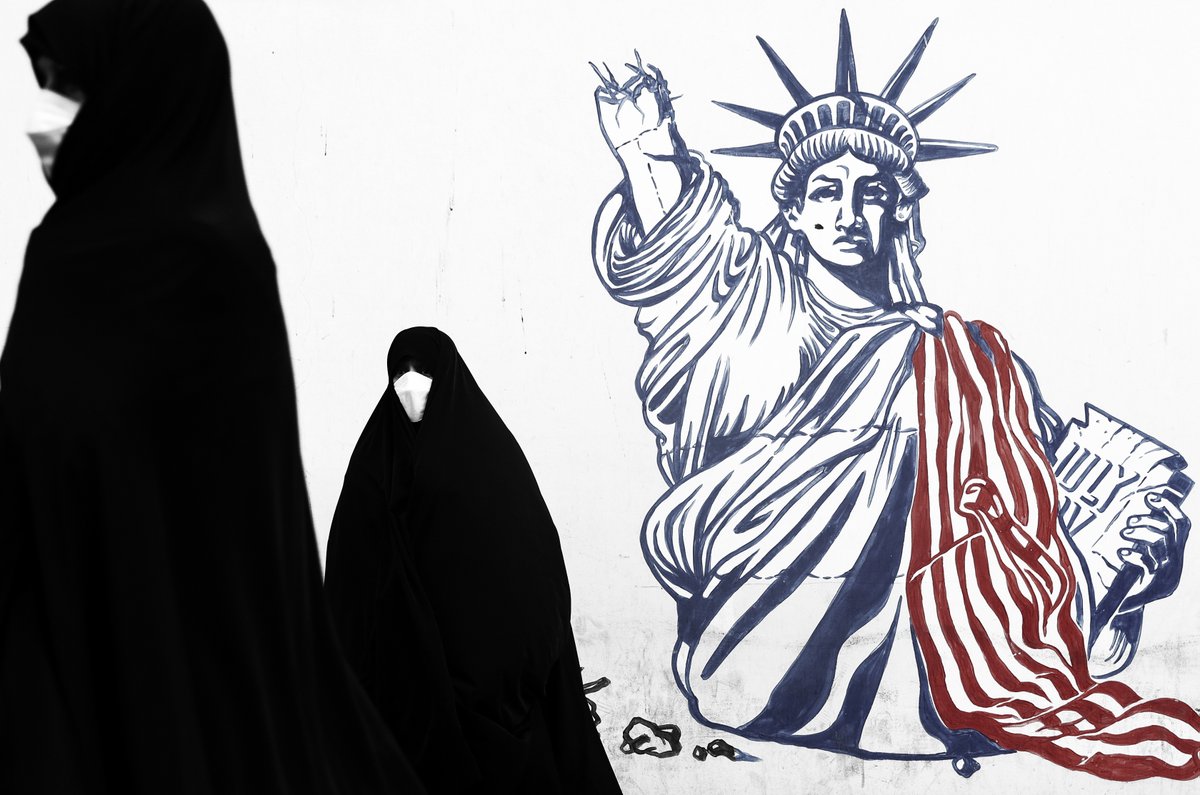
9/x The Real Threat: Empire, Not Iran
Today, Iran is framed as the aggressor. But zoom out, and the picture changes. The U.S. surrounds Iran with military bases. Our navy patrols the Persian Gulf. Our sanctions suffocate the Iranian economy. And we arm Israel—whose assassinations, airstrikes, and cyberattacks often go unreported in U.S. media.
Let’s be clear: Iran’s government is considered authoritarian. Many worldwide organizations have reported that it represses dissidents, jails journalists, and violates human rights. But these are not the reasons Washington wants war. If they were, Saudi Arabia and Egypt—both reported to be far more repressive—wouldn’t be top U.S. allies.
The issue is power. The issue is control. Iran has oil, regional influence, and an unwillingness to bow to Washington or Tel Aviv. That’s the real crime. Not their religion. Not their regime. Their refusal.
This is why every few years, a new pretext emerges: weapons of mass destruction, terror sponsorship, proxy wars. The war machine is always searching for its next target, and Iran has remained in the crosshairs.
But the victims of these conflicts are never the war planners. It’s working-class soldiers sent to die. It’s Iranian civilians caught in bombings and blackouts. It’s Palestinians killed with American-made weapons. It’s the global poor, paying for empire with blood.
And every bomb dropped has a return address: Washington, DC. Until we dismantle this empire, there will be more coups. More wars. More lies.



Today, Iran is framed as the aggressor. But zoom out, and the picture changes. The U.S. surrounds Iran with military bases. Our navy patrols the Persian Gulf. Our sanctions suffocate the Iranian economy. And we arm Israel—whose assassinations, airstrikes, and cyberattacks often go unreported in U.S. media.
Let’s be clear: Iran’s government is considered authoritarian. Many worldwide organizations have reported that it represses dissidents, jails journalists, and violates human rights. But these are not the reasons Washington wants war. If they were, Saudi Arabia and Egypt—both reported to be far more repressive—wouldn’t be top U.S. allies.
The issue is power. The issue is control. Iran has oil, regional influence, and an unwillingness to bow to Washington or Tel Aviv. That’s the real crime. Not their religion. Not their regime. Their refusal.
This is why every few years, a new pretext emerges: weapons of mass destruction, terror sponsorship, proxy wars. The war machine is always searching for its next target, and Iran has remained in the crosshairs.
But the victims of these conflicts are never the war planners. It’s working-class soldiers sent to die. It’s Iranian civilians caught in bombings and blackouts. It’s Palestinians killed with American-made weapons. It’s the global poor, paying for empire with blood.
And every bomb dropped has a return address: Washington, DC. Until we dismantle this empire, there will be more coups. More wars. More lies.
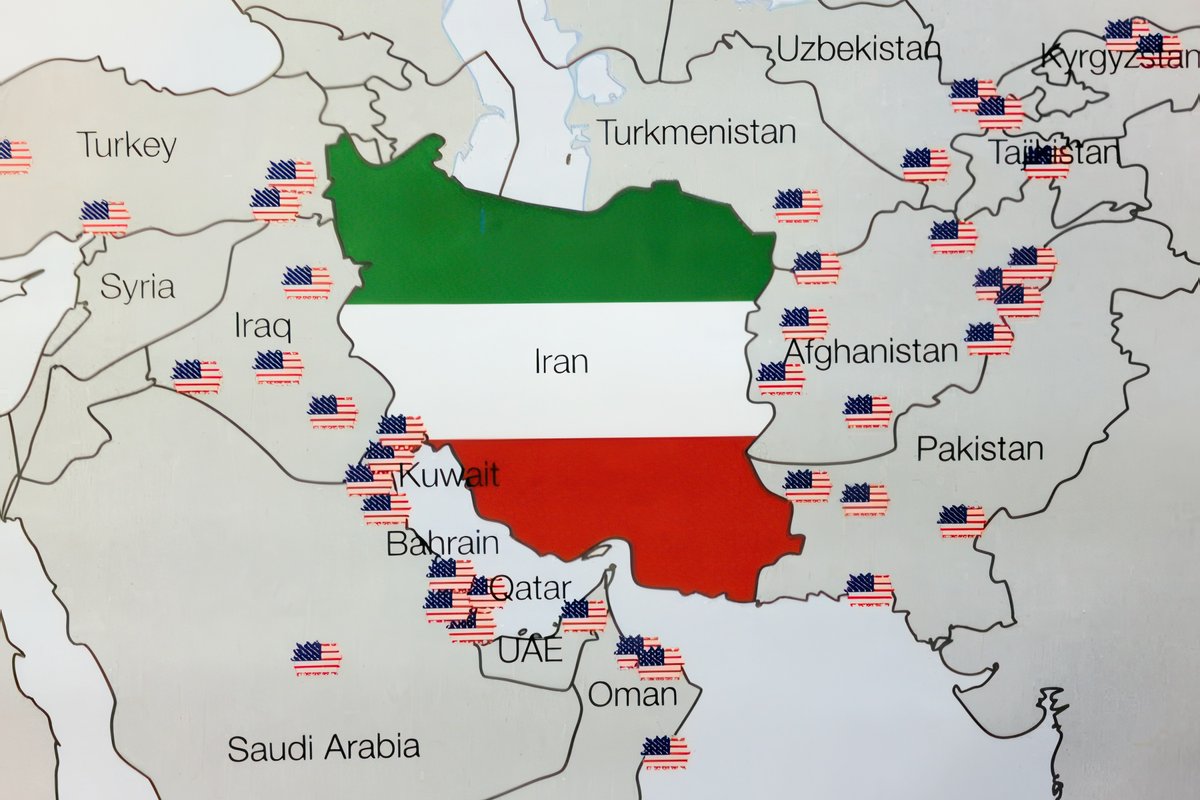
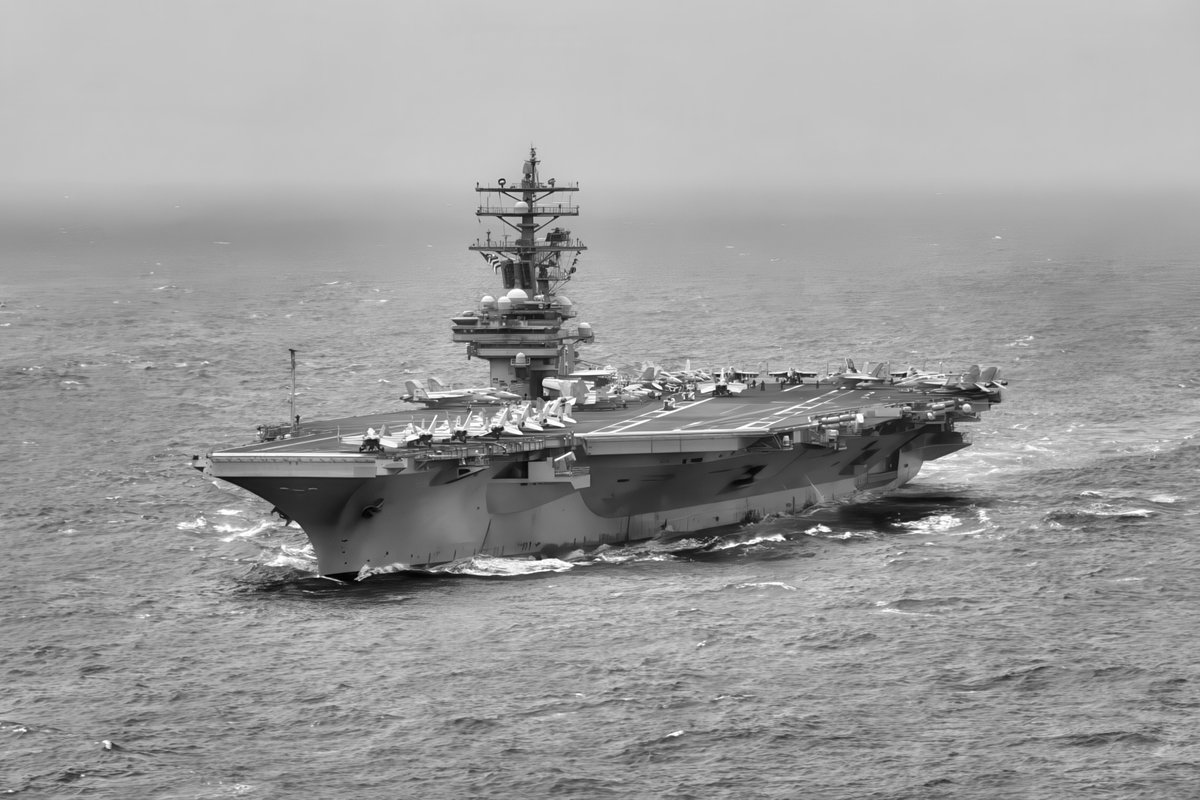
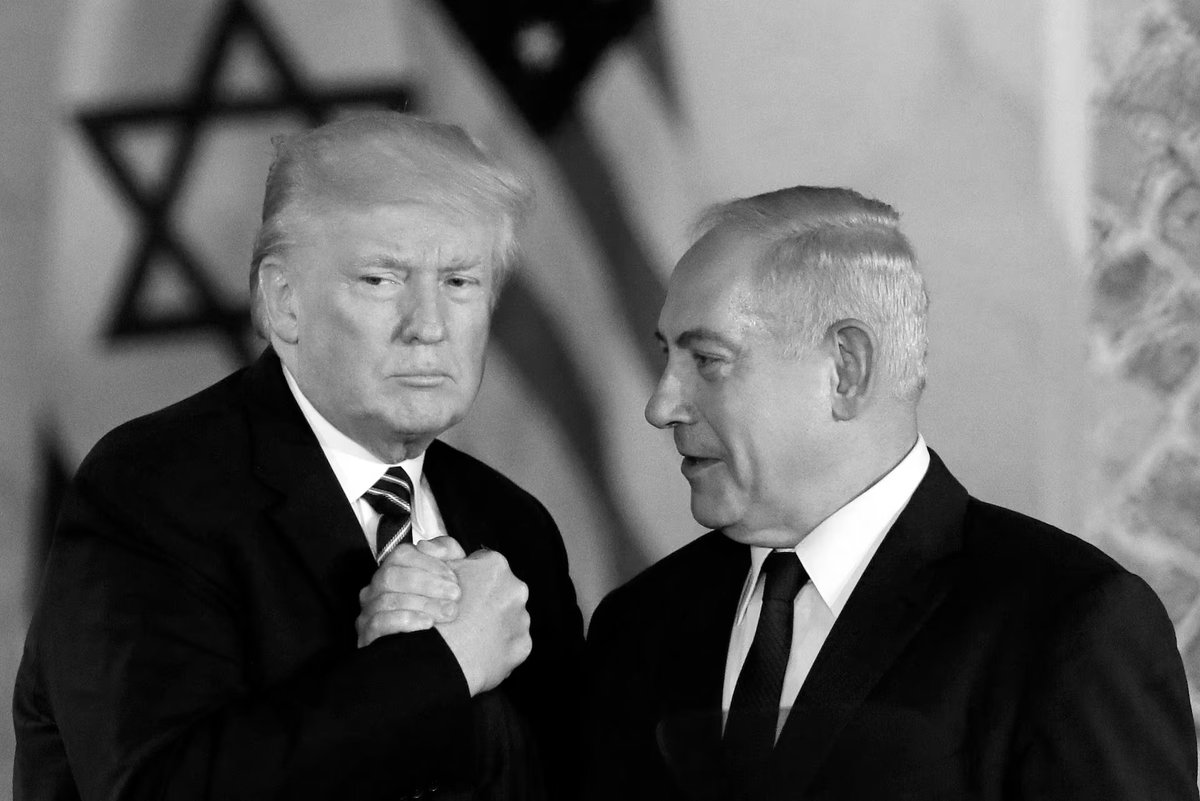
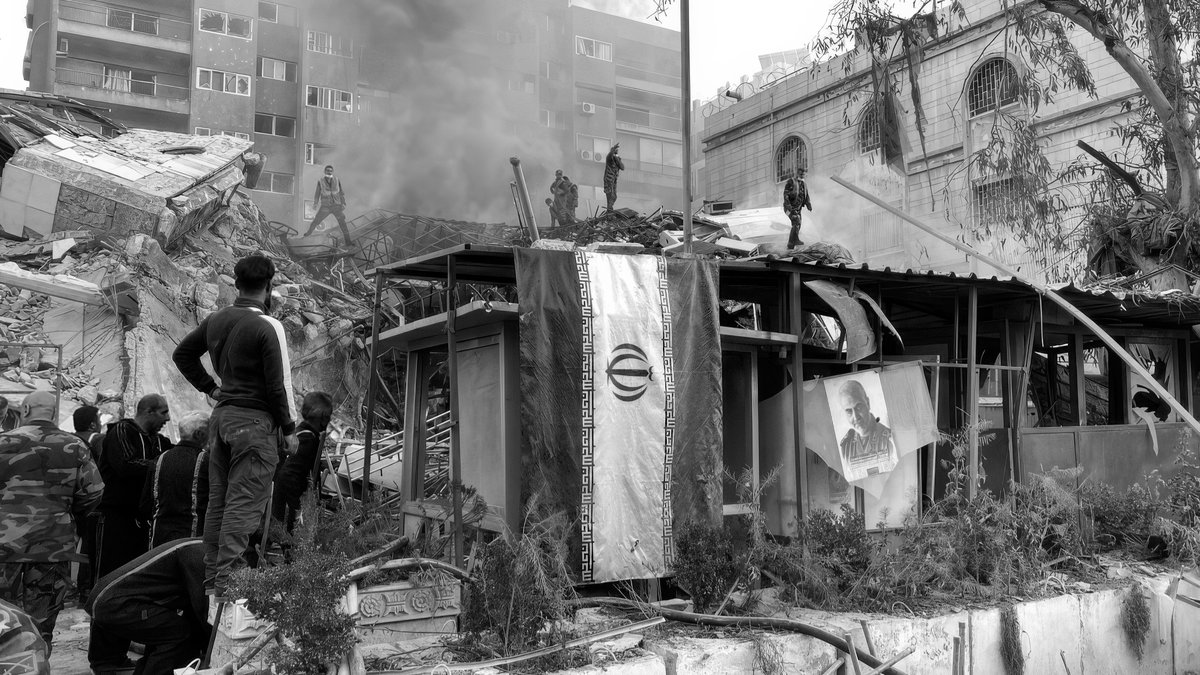
10/x Conclusion: 1953 Was the Spark. We Are the Fire.
Everything we’re seeing now—drone strikes, crippling sanctions, midnight bombings—flows from 1953.
That coup wasn’t just a betrayal. It was a blueprint. A signal to the world: if you threaten capital, you will be crushed.
Seventy years later, that doctrine still drives U.S. foreign policy. Just days ago, the U.S. bombed Iran again—not because of nuclear weapons (even our own intelligence says there are none)—but because empire demands obedience. The script hasn’t changed. Only the lies.
This isn’t ancient history. It’s live fire.
It explains why Iranians chant “Death to America”—not because they hate freedom, but because they remember who stole theirs.
It explains why the U.S. can’t be trusted as a neutral actor in the Middle East.
It explains why so much of the Global South sees the United States not as a partner—but as a predator.
But the future is unwritten.
Empire can fall.
Solidarity can rise.
And people can win.
We have to tell the truth, even when the media won’t. We have to build movements that connect the dots—from Tehran to Gaza to Flint, from Pentagon contracts to student debt. We have to fight for a world where no government can topple another for profit.
Because the fight against imperialism is the fight for freedom—everywhere.
1953 was the spark.
2025 is the smoke.
And us? We are the fire.
[ END THREAD ]
Share widely. Learn more. Organize. Resist.



Everything we’re seeing now—drone strikes, crippling sanctions, midnight bombings—flows from 1953.
That coup wasn’t just a betrayal. It was a blueprint. A signal to the world: if you threaten capital, you will be crushed.
Seventy years later, that doctrine still drives U.S. foreign policy. Just days ago, the U.S. bombed Iran again—not because of nuclear weapons (even our own intelligence says there are none)—but because empire demands obedience. The script hasn’t changed. Only the lies.
This isn’t ancient history. It’s live fire.
It explains why Iranians chant “Death to America”—not because they hate freedom, but because they remember who stole theirs.
It explains why the U.S. can’t be trusted as a neutral actor in the Middle East.
It explains why so much of the Global South sees the United States not as a partner—but as a predator.
But the future is unwritten.
Empire can fall.
Solidarity can rise.
And people can win.
We have to tell the truth, even when the media won’t. We have to build movements that connect the dots—from Tehran to Gaza to Flint, from Pentagon contracts to student debt. We have to fight for a world where no government can topple another for profit.
Because the fight against imperialism is the fight for freedom—everywhere.
1953 was the spark.
2025 is the smoke.
And us? We are the fire.
[ END THREAD ]
Share widely. Learn more. Organize. Resist.
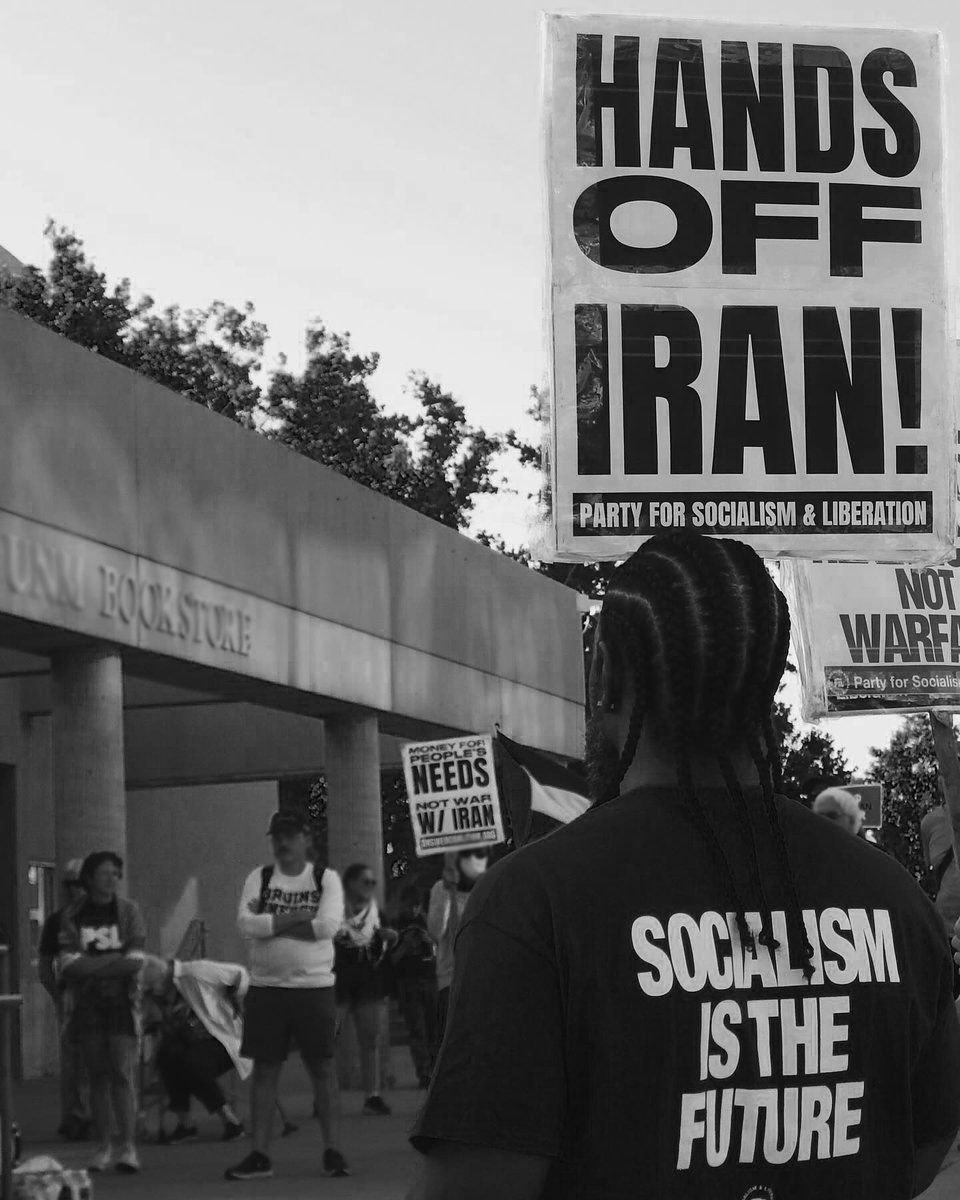
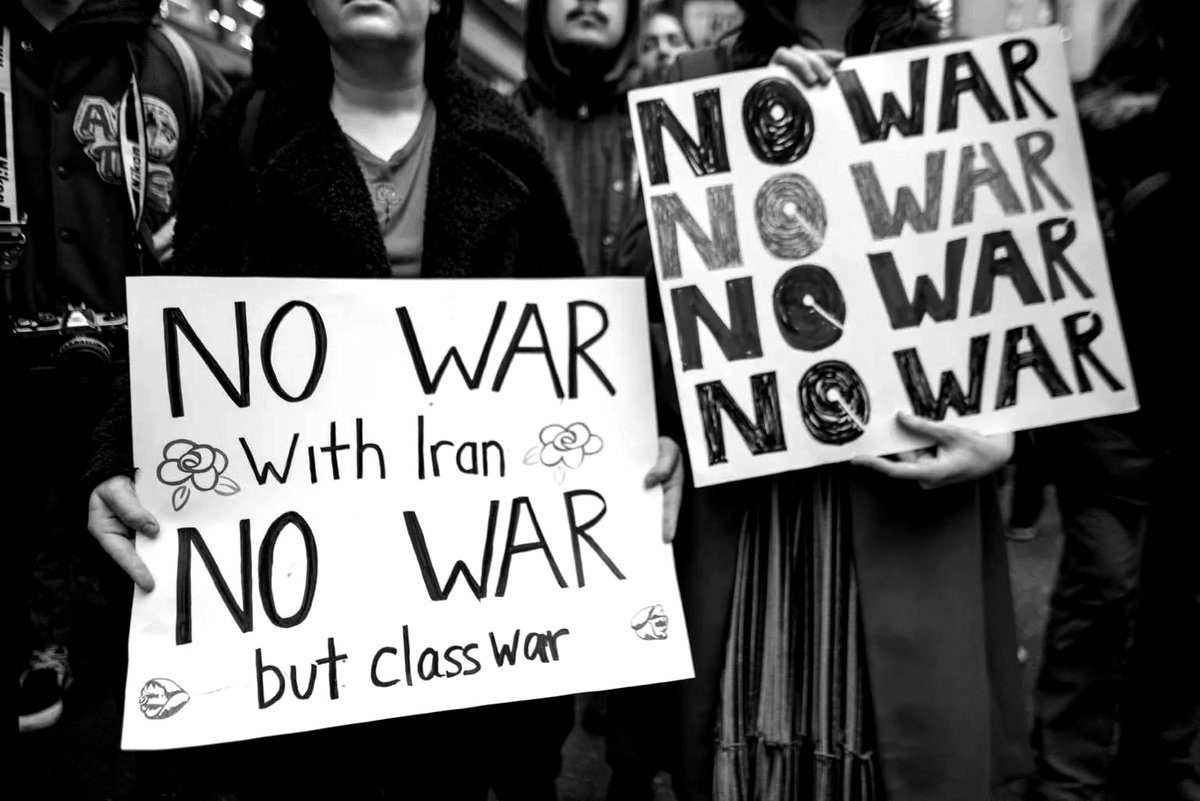
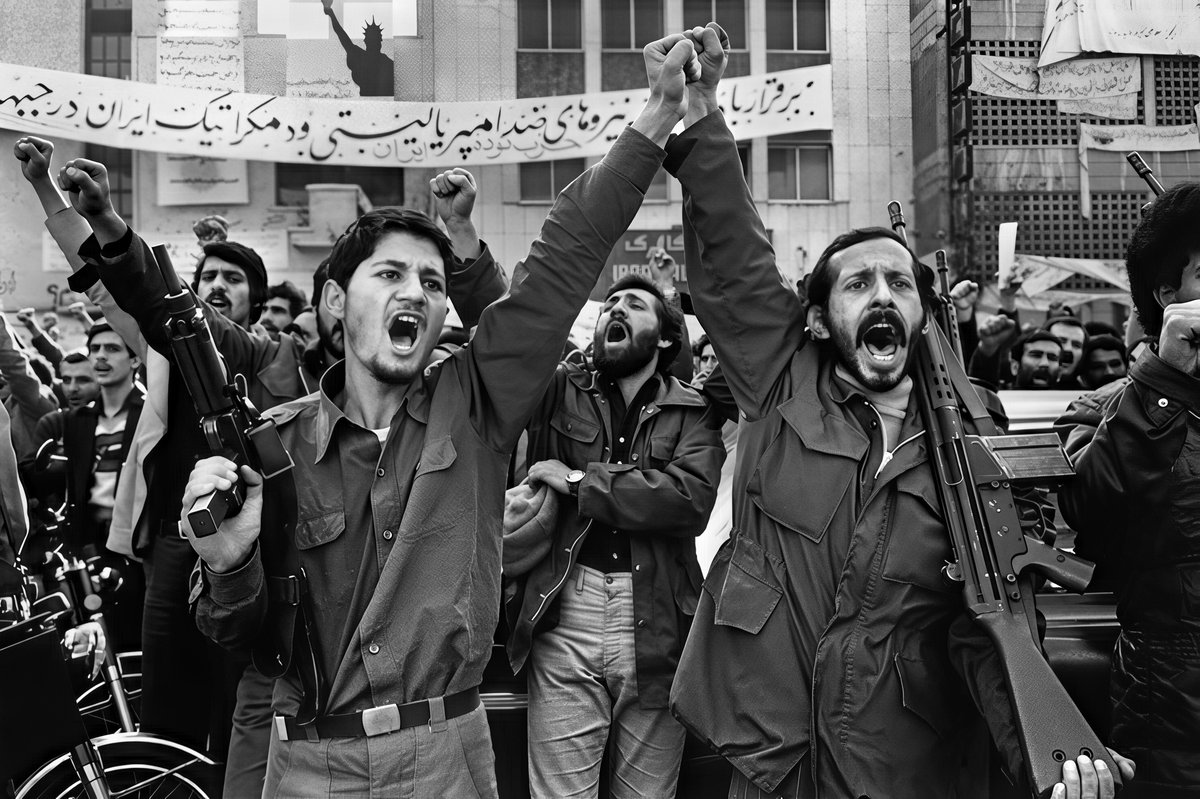
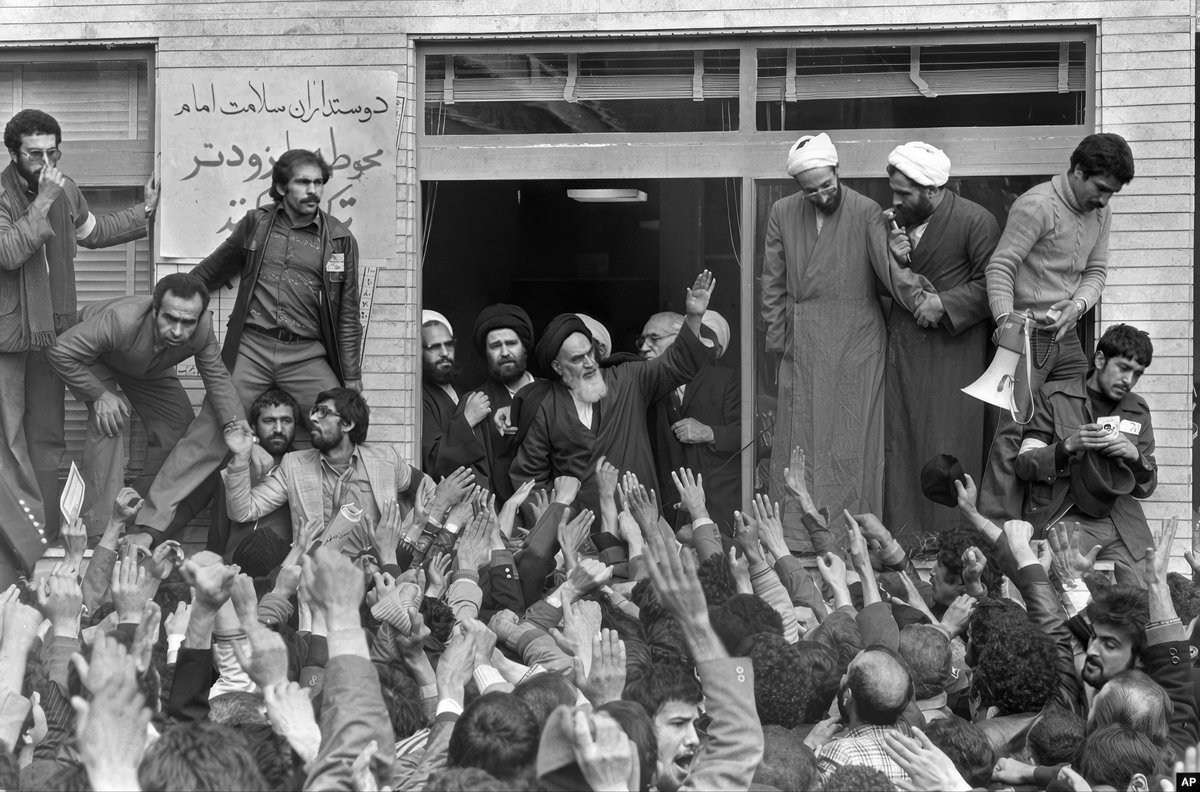
• • •
Missing some Tweet in this thread? You can try to
force a refresh




